Every year, almost 10 million people die from cancer. In response, scientists have explored which diets contribute to the disease. Their research has raised questions such as how often we can eat these foods and whether or not we should avoid them.
Although some headlines may imply “avoid these foods,” the truth is far more complicated. Some carcinogens come from the packaging, not the food itself. Other foods have no effect unless you eat incredible amounts. Still, some foods pose a risk. Here is the research-backed, expert-confirmed truth behind cancer-causing foods and drinks.
Too Much Sugar

Unsplash/@pacific_argonaut
Sponsored Links
Because sugar feeds every cell in the body, it’s imperative to a healthy diet. This fact led to the assumption that eating less sugar “starves cancer.” While that has some truth, sugar alone won’t cause cancer. The American Institute for Cancer Research asserts that there is “an indirect link” between indulging on candy and getting cancer.
Yet, over-indulging on sugar may result in obesity, which is a cancer risk. The CEO of Cancer Council Australia, Professor Sanchia Aranda, announced that at least 3% of cancers stem from obesity. Too much sugar may increase the risk for ten different cancers, including breast, bowel, and liver cancer.
Scorching Hot Drinks

Unsplash/@worthyofelegance
If you’re someone who loves their coffee or tea scorching hot, we have bad news for you. In the International Journal of Cancer, one study tracked over 50,000 tea drinkers for ten years. Those who drank their tea at 140°F (60°C) were 90% more likely to develop esophageal cancer.
In 2018, a Chinese study backed up these findings. However, they noted that the odds were far higher with those who also drank or smoked. In Asia, South America, and Africa, tea is served much hotter than in other countries. If you let your drinks cool or add milk, you’re in the clear.
Microwaveable Popcorn
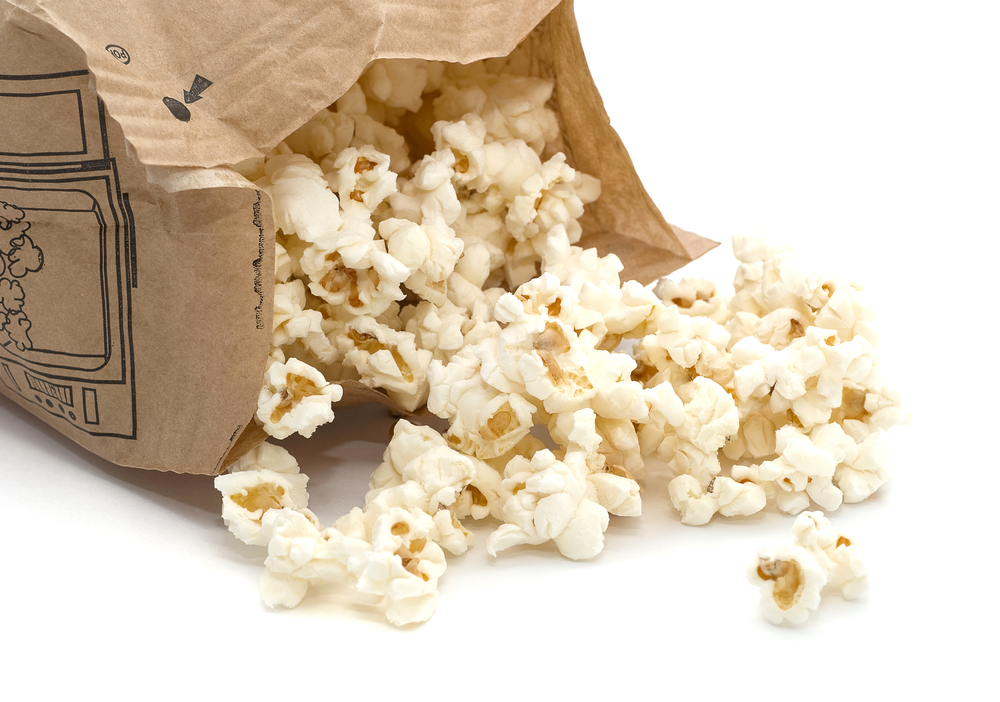
Shutterstock/Maxim Larin
In the late 2010s, article headlines announced that popcorn could cause cancer. While nothing inside popcorn poses a cancer risk, the lining inside the microwavable bag does. Research in 2013 found that these bags contain perfluorooctanoic acid (PFOA), a chemical that encouraged pancreatic, testicular, and liver cancer in animal studies.
But will eating the popcorn spread PFOA? According to a 2019 study in Environmental Health Perspectives, participants who ate this popcorn had PFOA in their blood. It can remain there for three to five years. To avoid the chemical, cook homemade popcorn.
Vegetable Oils
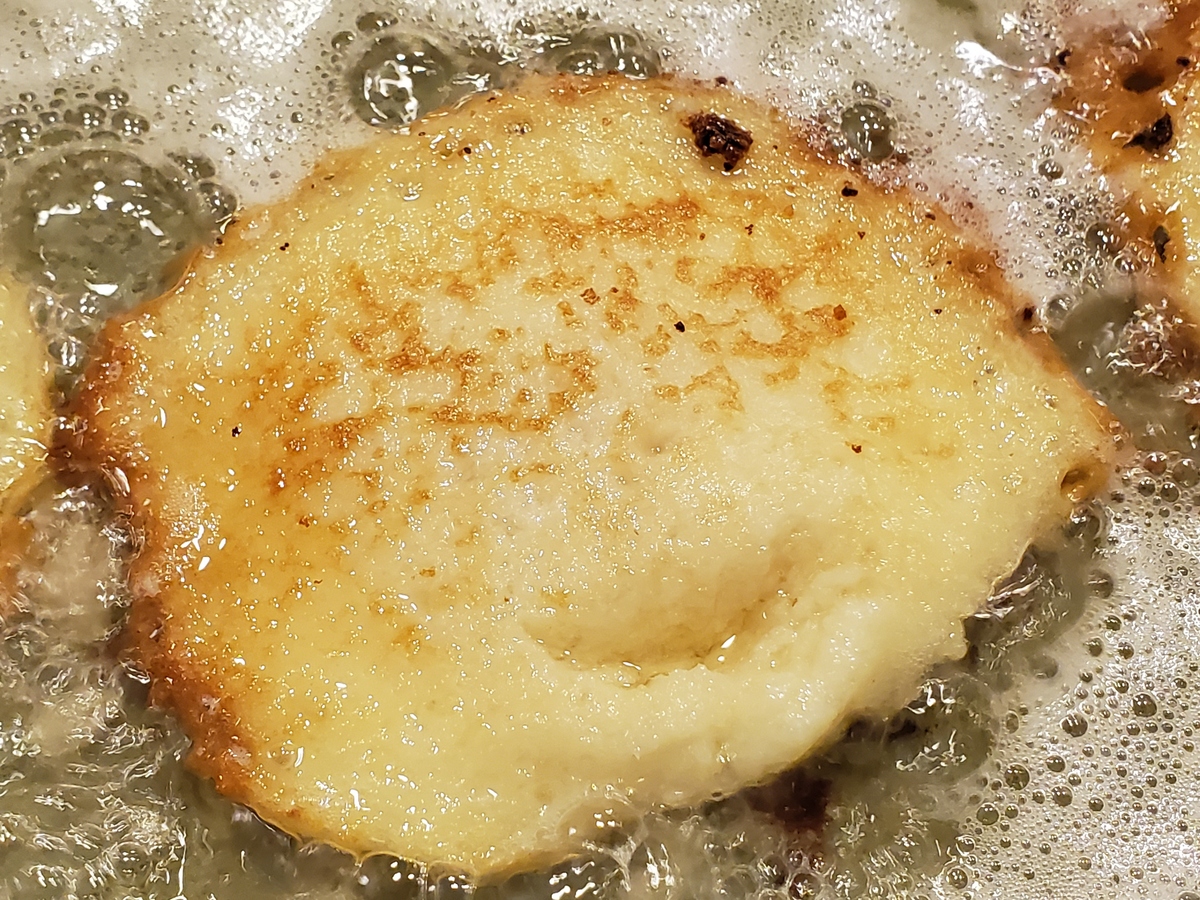
Smith Collection/Gado/Getty Images
Vegetable oils–including corn, sunflower, palm, and soybean oils–may not be the healthiest options to cook with. In 2015, researchers found that heating these oils release aldehydes, a chemical linked to many cancers. Moreover, frying foods in these oils resulted in 100 to 200 times the aldehyde amount recommended by the National Health Society.
In 2019, scientists from the University of Massachusetts conducted a similar study with mice. When they fried food in canola oil, they found that it enhanced tumor growth, worsened inflammation, and posed a risk for colon cancer. Choose healthier oils such as coconut and olive oil.
Soda
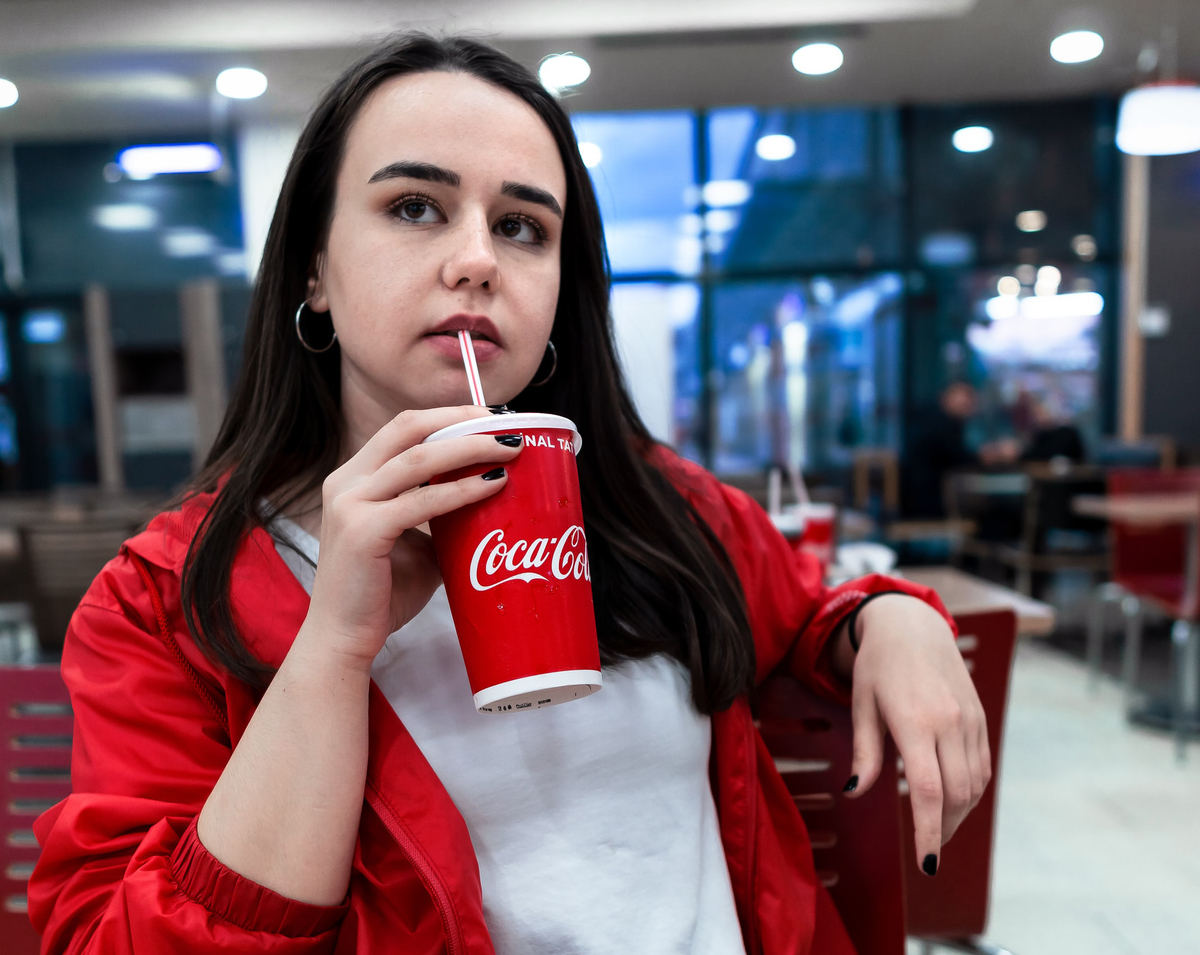
Unsplash/@sezerarslan
Many health experts have warned against sugary drinks–especially soda–for years. But in July 2019, French researchers reported that drinking four ounces of soda per day raises a person’s risk of cancer by 18%. An average can of soda contains 12 ounces.
A spokesperson for the American Cancer Society, Colleen Doyle, stated that obesity is a known risk factor for cancer. Drinks with 5% sugar or more are connected to both obesity and cancer. Fortunately, artificially sweetened “zero sugar” sodas do not pose the same threat.
Eggs

Anjelika Gretskaia/REDA&CO/Universal Images Group via Getty Images
Do eggs increase the risk of ovarian cancer? That's what many headlines asked after a 2015 study in Clinical Nutrition. The reasons for these findings are still widely debated. Research in Cancer Epidemiology, Biomarkers & Prevention concluded that the results did not have to do with cholesterol–which is what many people assumed.
Plus, the number of eggs eaten for this study was unusually high. According to the Washington Post, most Americans eat less than one egg per day on average. During the 1990s, one study featured a woman who ate 25 eggs every day and had no negative health effects.
Pickles
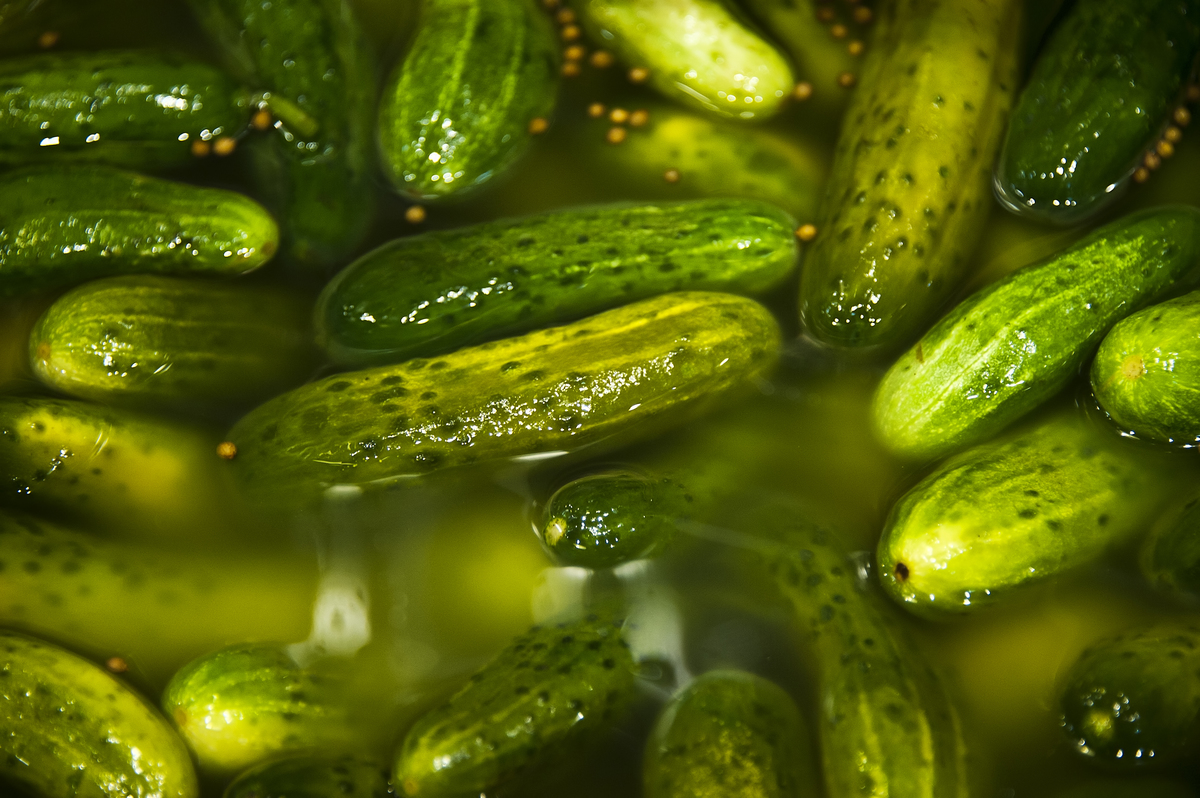
John Greim/LightRocket via Getty Images
In South Korea and Japan, stomach cancer rates are unusually high. Scientists have blamed their diet of fermented foods, including pickles. In 2012, a review of 78 studies found a strong connection between eating pickled foods and stomach cancer. According to the British Journal of Cancer, at least 34 studies have found a link between pickled foods and esophageal cancer.
The high salt and acid content in pickles are to blame. However, the World Health Organization has clarified that some countries pickle vegetables differently. Nonfermented, acidified cucumbers pose a risk; slowly fermented pickles don't.
Banned Artificial Flavors

Roberto Machado Noa/LightRocket via Getty Images
In 2018, the FDA banned seven artificial flavors. This decision stemmed from a study by the US Department of Health’s study on these flavors. Through two animal tests, the researchers determined that these additives could cause cancer in high amounts. Scientists found the flavors in ice cream, candy, carbonated drinks, gum, and baked goods.
Because these flavors have already been banned, there is little need to worry about them nowadays. And despite the FDA’s ruling, they agree that most artificial flavors will not harm people in their recommended doses. If you limit these flavors, you should be safe.
Processed Meats
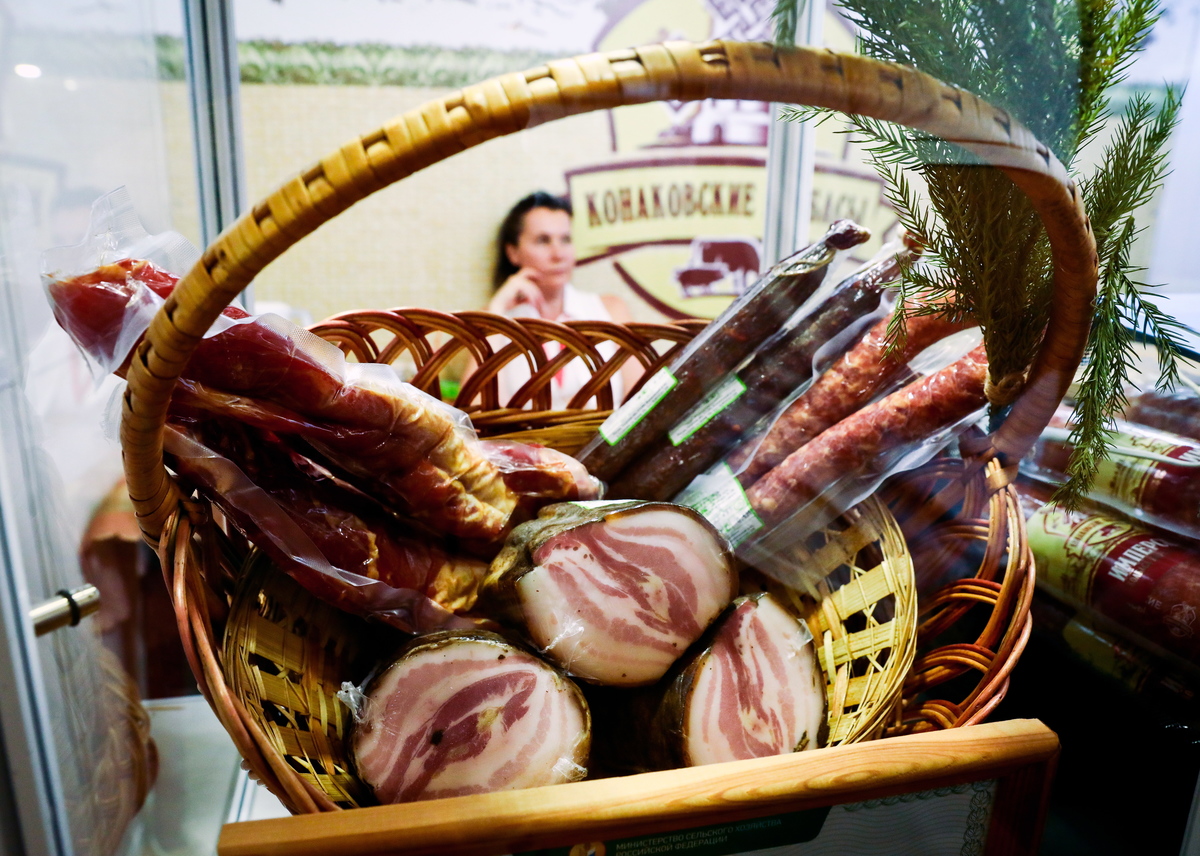
Sergei MalgavkoTASS via Getty Images
In 2015, the World Health Organization cautioned that processed meats (salted, cured, fermented, or smoked) might increase the risk of cancer. This claim was well-backed by science. Research from that year found that eating 50 grams of processed meat per day raises the chances of colorectal cancer by 18%.
Processed red meat poses the most risk, and 3% of all cancers are linked to it, according to Cancer Research UK. Still, experts say that this is a reason to limit processed meat, not cut it out. The occasional hamburger shouldn't hurt you.
Juice
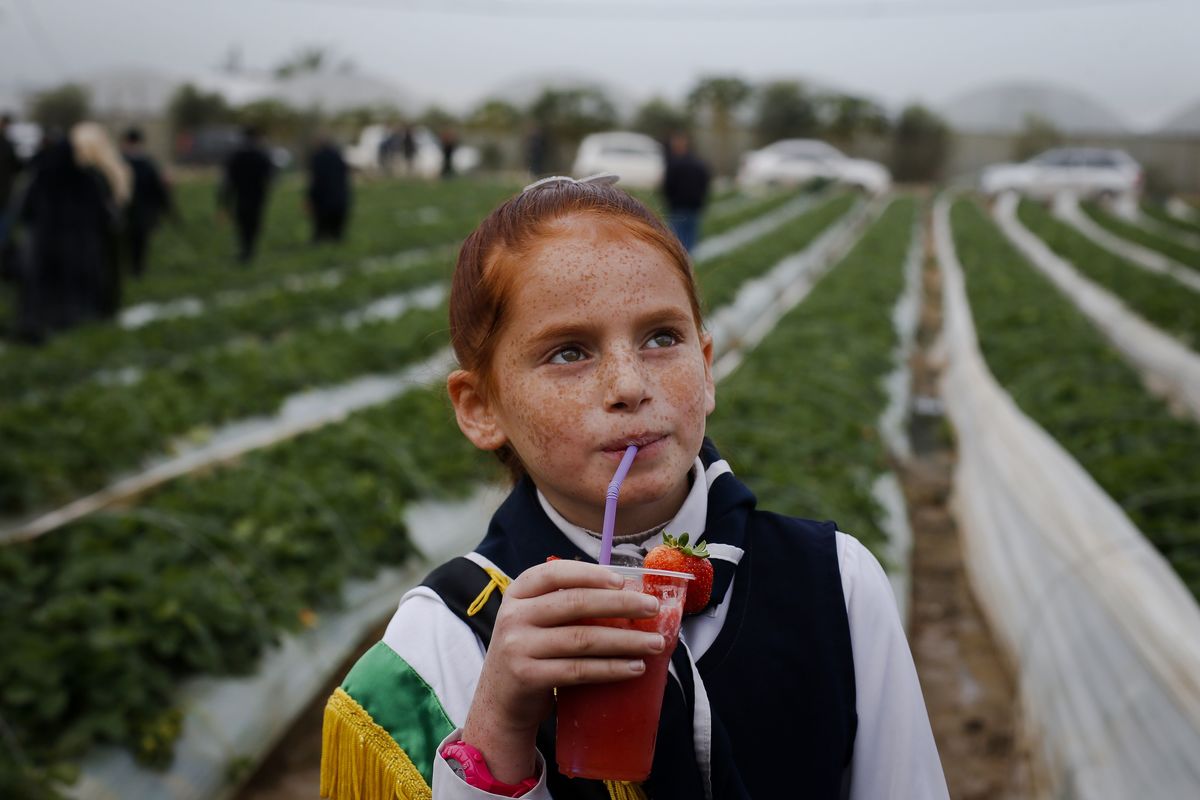
MOHAMMED ABED/AFP via Getty Images
Sure, juice contains fruit, but that doesn’t make it healthier than soda. In 2019, a study in The BMJ reported that even 100% real fruit juice is “significantly associated with the risk of overall cancer.” Although juices are a bit better than soda due to their vitamins and fiber, their high sugar content still poses a risk.
Dr. Mathilde Touvier, who lead the research, recommends consuming less than one cup of juice per day. He added that, despite fruit juice’s healthy reputation, participants also suffered from type 2 diabetes and obesity, which are risk factors for cancer.
Bagels
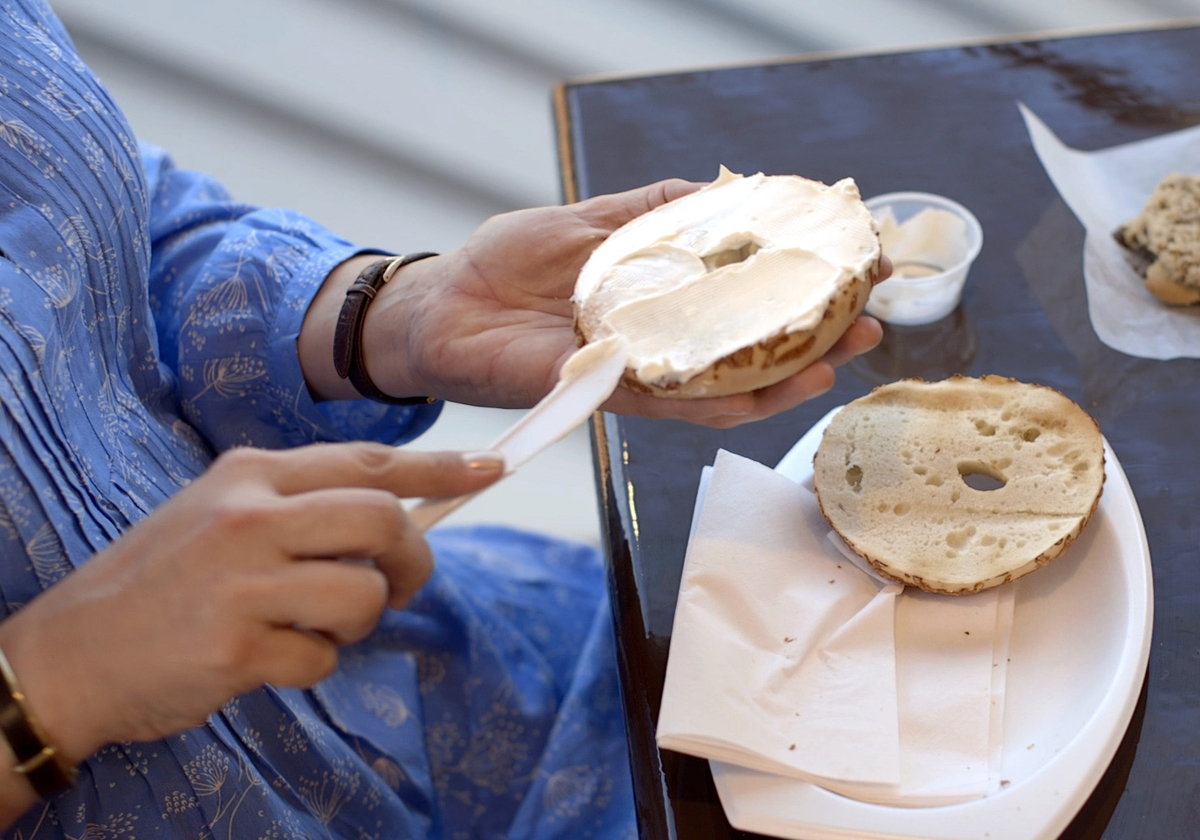
Taylor de Lench/The Boston Globe via Getty Images
In 2016, researchers from the MD Anderson Cancer Center in Houston, Texas, compared thousands of lung cancer patients to those without lung cancer. While looking into their diets, they pinpointed high-glycemic foods–ones that are starchy and sugary, such as bagels. Those who frequently ate high-glycemic foods were 49% more likely to develop lung cancer.
Although the study included non-smokers, it did not take into account other conditions such as diabetes, hypertension, or heart disease. One of the researchers, Dr. Xifeng Wu, added that smoking is still more harmful than carbs. If there’s a takeaway, it’s this: diet has little impact on lung cancer as a whole.
BPA Canned Food
Despite health advocates fighting against bisphenol A (BPA) in canned foods, the trend continues. In animal studies, BPA has been shown to increase the risk of certain cancers, especially breast cancer. In 2017, research from the Center for Environmental Health noted that 40% of canned foods still contain BPA.
Although the FDA has wavered on its stance on BPA, many scientists assert that even small amounts can be harmful. “We believe there is no safe dose of BPA,” says Lynn Ladbrook, the chief executive of Breast Cancer UK. That’s reason enough to find BPA-free canned foods.
Charred Meat
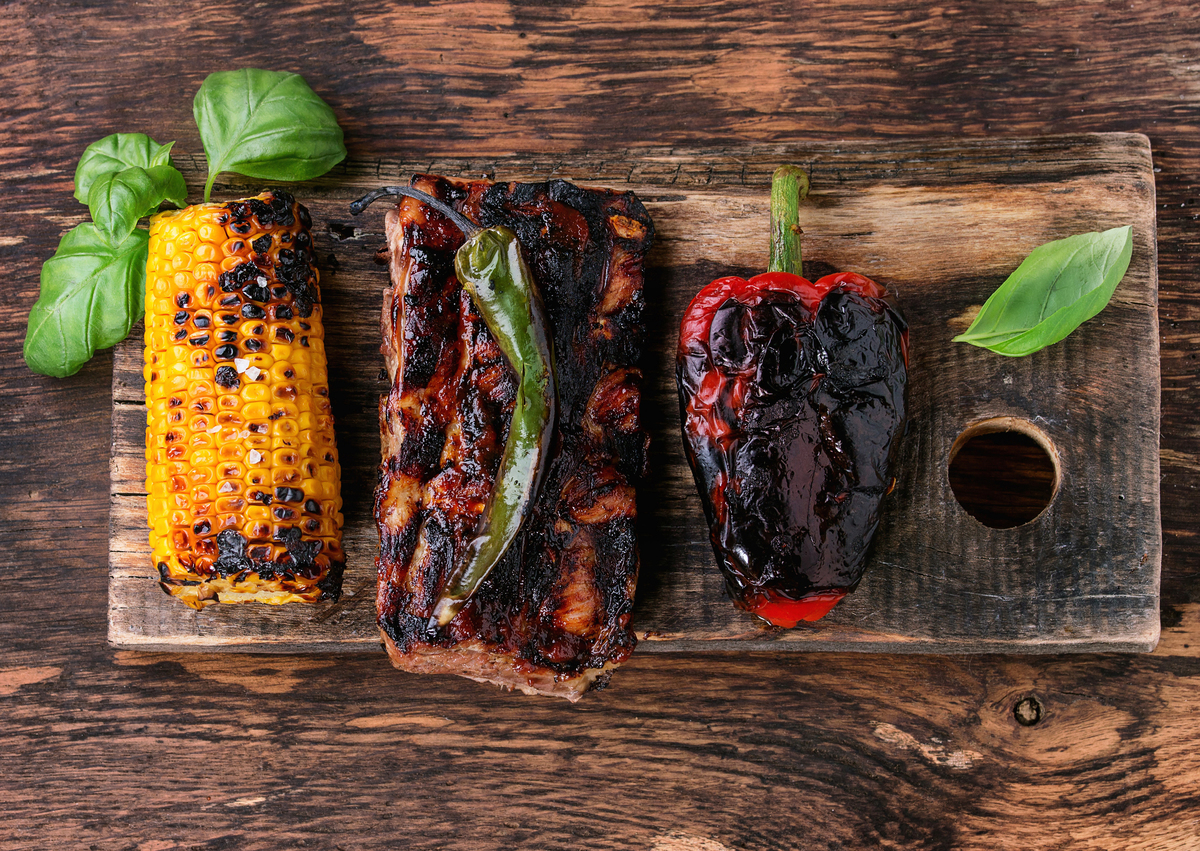
Natasha Breen/REDA&CO/Universal Images Group via Getty Images
Do grilled meats pose a cancer risk? The research says: possibly. According to the National Capital Poison Center, studies have found that when fat drips onto coals, it produces polycyclic aromatic hydrocarbons (PAHs). These may alter a person's DNA and have been linked to skin, bladder, and lung cancer.
Most studies were laboratory-confined until 2016 when a study in Analytical Chemistry connected heterocyclic aromatic amines (HAAs) from cooked meat to prostate cancer in humans. However, the risk is still small. According to biochemical toxicologist Robert Turesky, you can avoid the risk by grilling less often and cutting off the charred bits.
Margarine
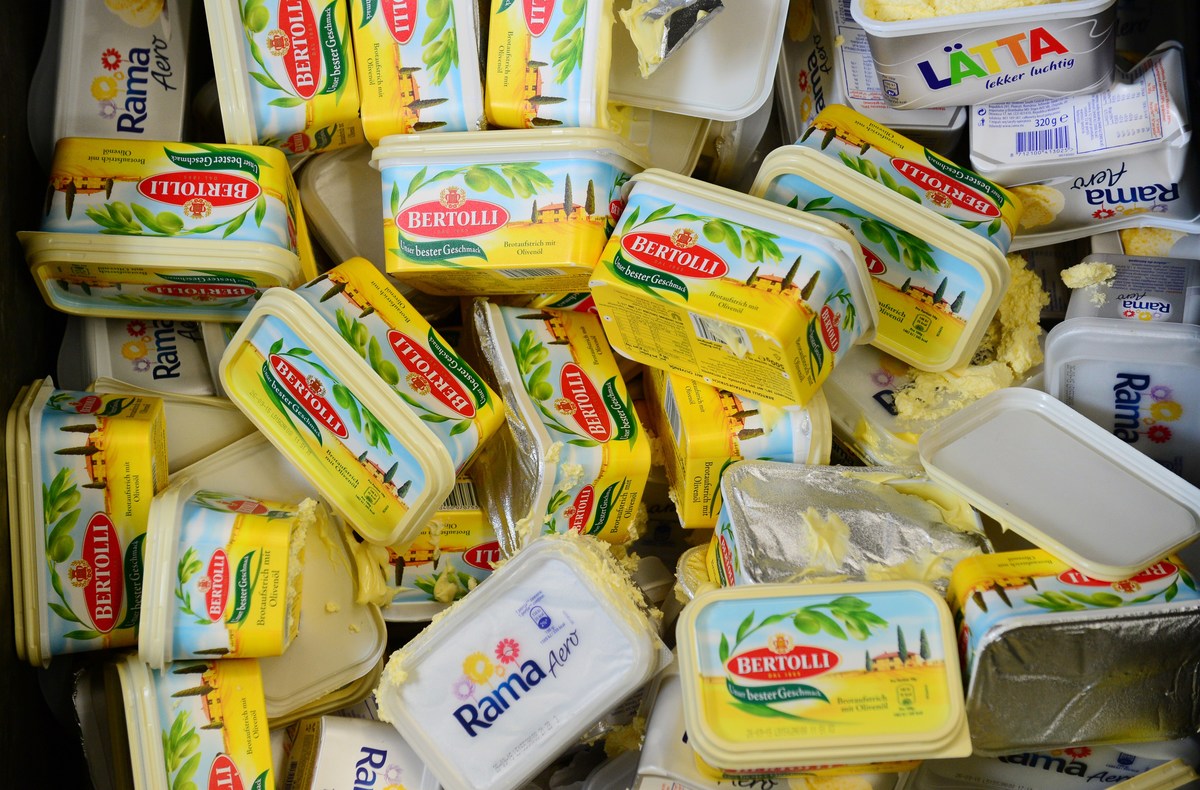
JOHN THYS/AFP via Getty Images
In recent years, margarine has come under fire for its high trans fat content. But in 2018, a Hong Kong study revealed a deadlier ingredient in margarine. Two “possibly carcinogenic” compounds, 3-MCPD and glycidol, form from heating vegetable oils in high temperatures. These compounds may mess with DNA and cause liver problems.
Fortunately, these chemicals appeared in small amounts during animal testing. The European Food Safety Authority stated that you would have to eat 24 spoons of margarine to receive negative effects. As with all foods, eat margarine in moderation.
Milk
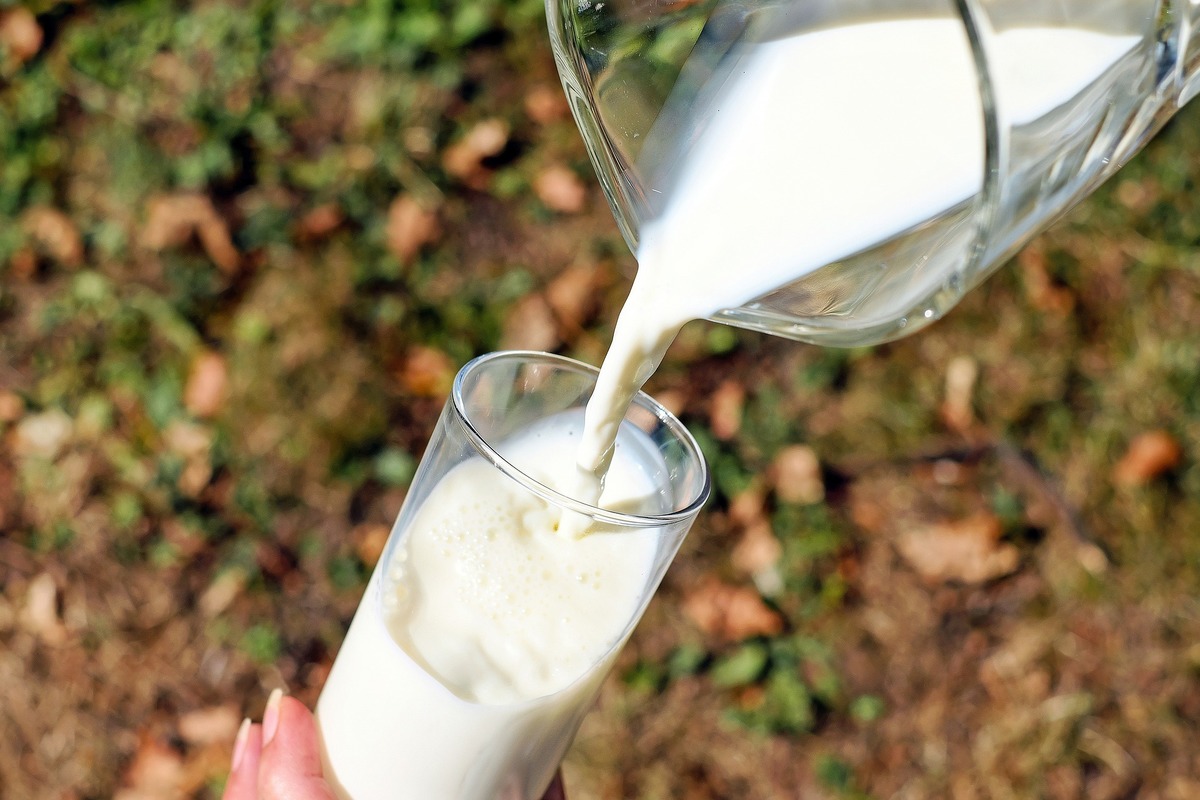
Pixabay/Couleur
Yes, milk is healthy. But consuming high intakes of dairy products has been linked to cancer, because of milk’s hormone and fat content. For instance, a review of 32 studies in the American Journal of Clinical Nutrition connected a high amount of dairy to prostate cancer. This was backed by the Journal of the American College of Nutrition.
Prostate isn’t the only cancer influenced by dairy. In 2014, researchers followed over 22,000 lactose intolerant individuals to record dairy’s impact on health. They reported that lactose-intolerant people have a lower chance of contracting breast, lung, and ovarian cancers. You don’t have to remove milk from your diet, but don’t overdo it, either.
Toast

Unsplash/@leti_kugler
If you like crispy toast, you’re not alone. But the Food Standards Agency advises against toasting your bread for too long. Why? It’s because it produces the same chemical as frying potatoes: acrylamide. The carcinogenic chemical appears when sugary starches are cooked rapidly at high temperatures.
However, experts debate over whether acrylamide is enough to pose a huge danger. David Spiegelhalter, a professor at Cambridge University, said that you would have to eat 160 times more bread than the mice in studies to have a high risk.
French Fries
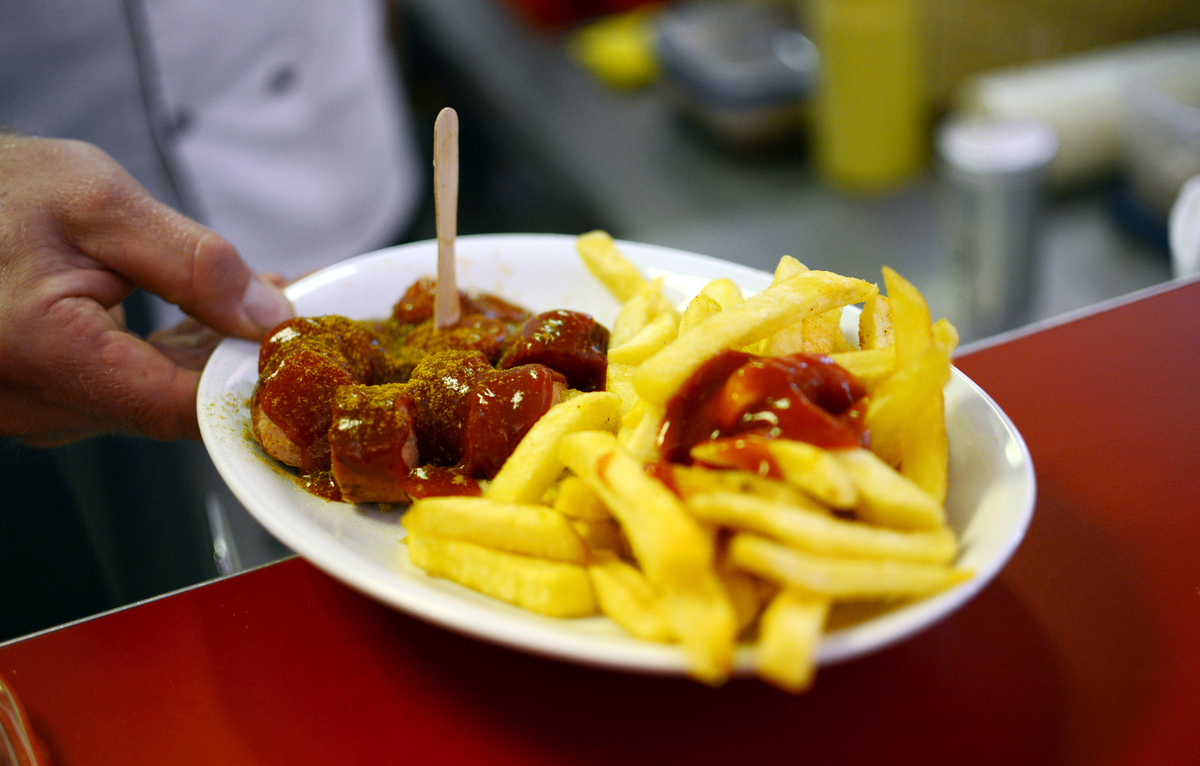
JOHANNES EISELE/AFP via Getty Images
In the early 2000s, french fry companies ran into several lawsuits. That’s because researchers found the chemical acrylamide, which promoted cancer in animals. This research was backed up in a 2019 study published in Genome Research. During that study, 30% of the tumors analyzed linked back to acrylamide.
Although acrylamide has been known for a long time, some students did not find the link between that and cancer. Kathryn Wilson, an epidemiologist at Harvard, told NPR that acrylamide does not need to be a priority in health. And it’s certainly not the least healthy part of french fries.
Corn
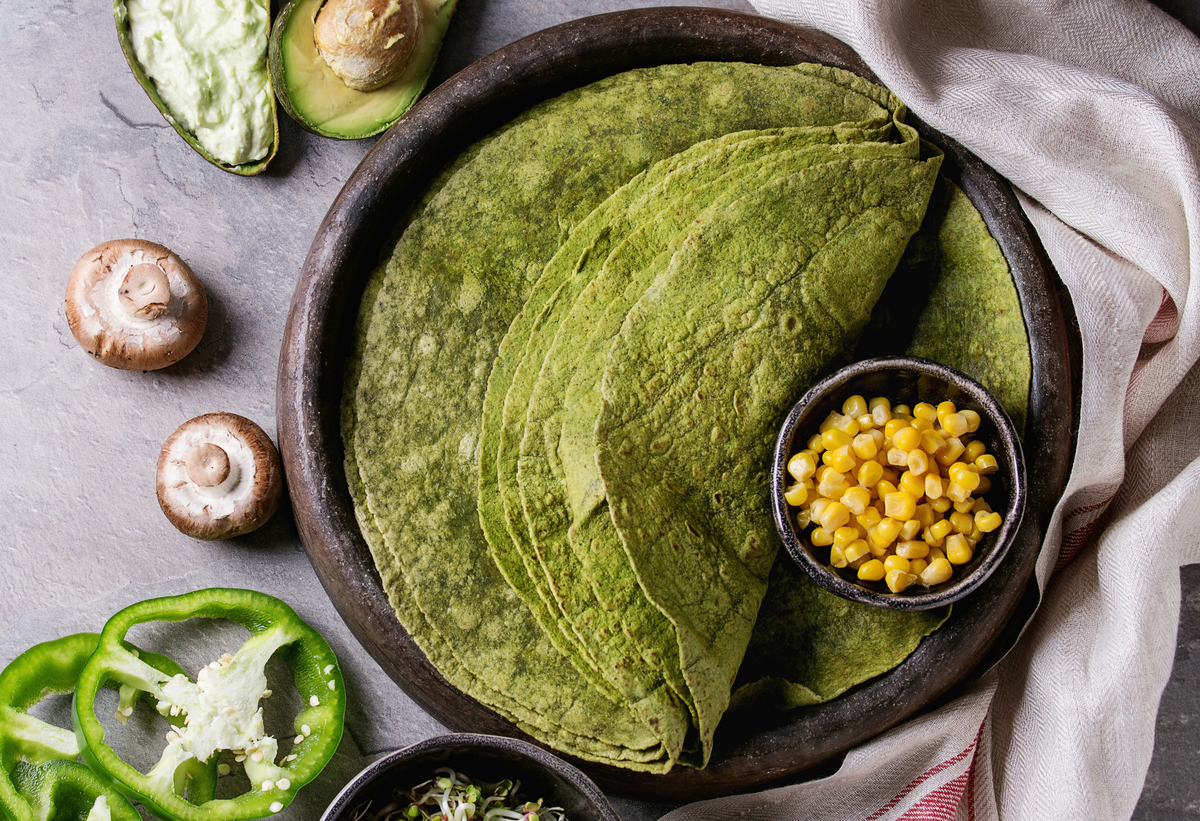
Natasha Breen/REDA&CO/Universal Images Group via Getty Images
In 2012, a study came out that claimed genetically modified corn could promote cancer, and it was quickly retracted by the journal Food and Chemical Toxicology. Why? Because the study itself was flawed. According to Scientific American, the data was incorrectly written, some numbers were faked, and there was a clear bias from the authors.
Still, the study raised questions over whether corn carries carcinogens. In 2018, research from UNAM’s Biology Institute noted that processed corn–usually found in tortillas–might have carcinogens. In particular, Mexico’s corn contained some aflatoxins, which appears in some cancer tumors. The scientists claimed that eating antioxidant-rich food can counter this effect.
White Bread

Unsplash/@creativegangsters
Beyond the acrylamide, there’s another risk of eating too much bread. In particular, white bread contains sugars and starches that inflame the body. According to 2006 research in the International Journal of Cancer, eating five slices per day doubles a person’s chances of kidney cancer.
White bread has demonstrated a higher risk than most other processed grains. In 2013, a study in Annals of Oncology noted that eating white bread poses a higher risk of colorectal cancer than pasta. That’s another reason to swap white bread with wheat.
Ultra-Processed Foods
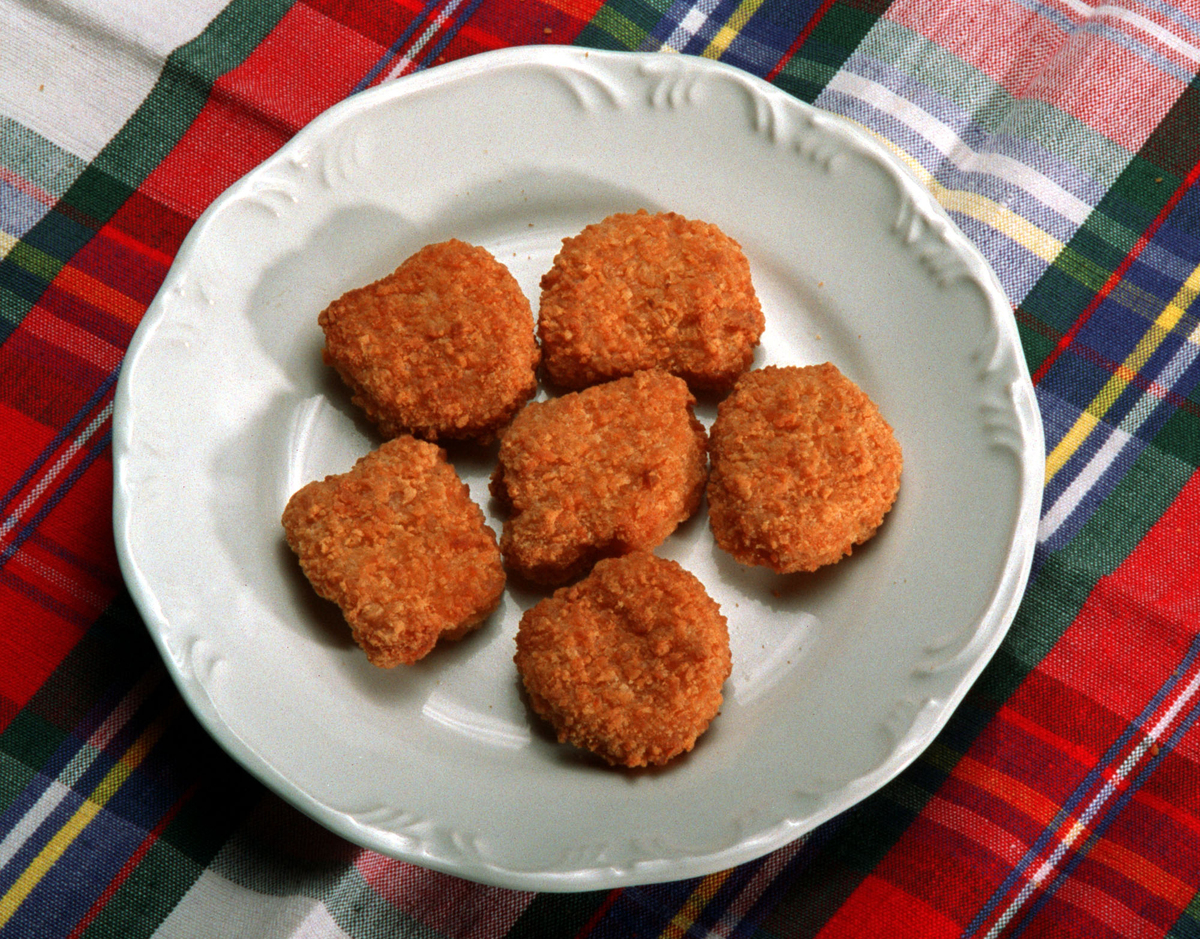
Jim Ross/Toronto Star via Getty Images
Ultra-processed foods, such as instant ramen and chicken nuggets, have contributed to obesity for decades. But in 2018, researchers found another risk in these foods other than their nutritional value. In The BMJ, a study reported that high amounts of processed food result in a 12% greater chance of ovarian and breast cancer.
Analyzed foods included packaged baked foods, processed meatballs, and frozen meals. Less-processed foods like pasta and cheese did not have this effect. French researcher and lead author Bernard Srour added that eating fresh foods lowers your risk of cancer.
Farm-Raised Salmon
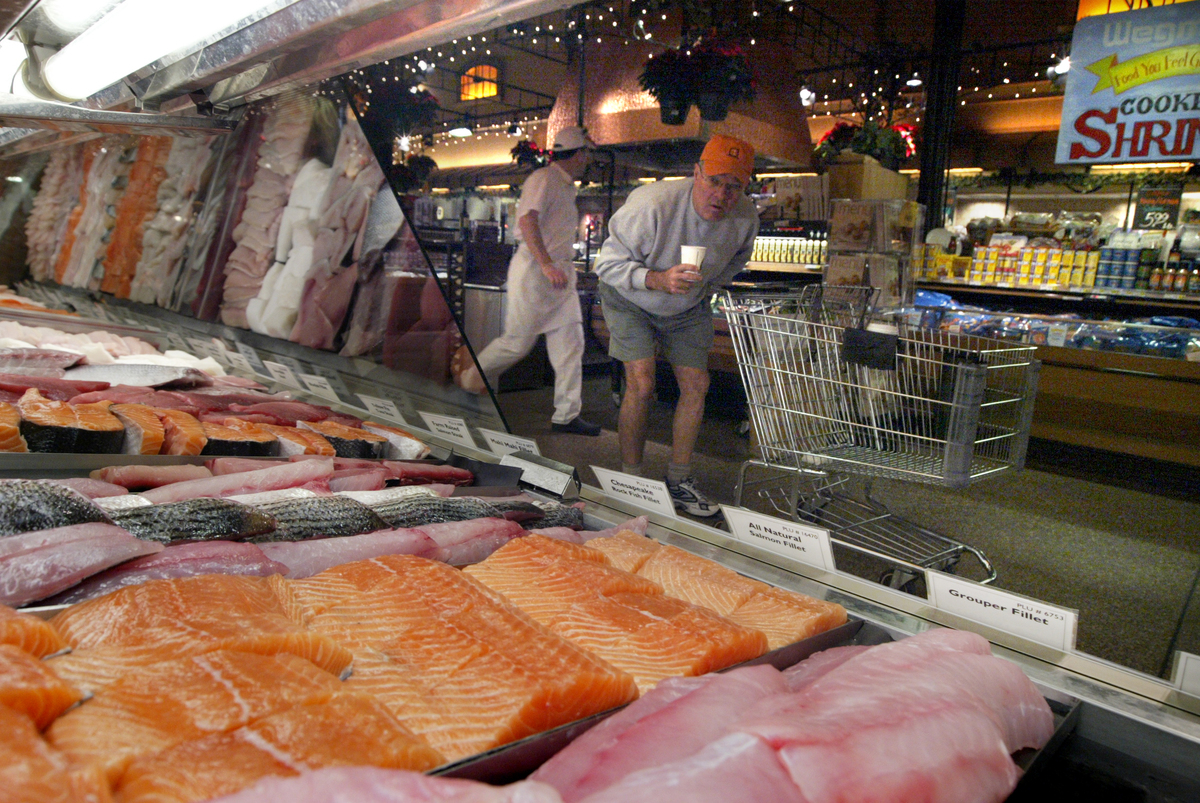
Robert A. Reeder/The The Washington Post via Getty Images
Farm-raised salmon may have a great taste, but it could contain toxins. In 2004, researchers examined farm-raised salmon around the world and found several pollutants on the fish’s skin. According to the study, these pollutants could be so carcinogenic that the authors don’t recommend eating farm-raised salmon more than once a month.
The study backed up earlier research by the Environmental Working Group. However, the FDA and other experts have argued that these findings were overestimated. A Harvard specialist of nutrition, Eric Rimm, believes that there is not enough evidence to give up farm-raised salmon altogether.
Salt–Or Rather, High-Salt Foods
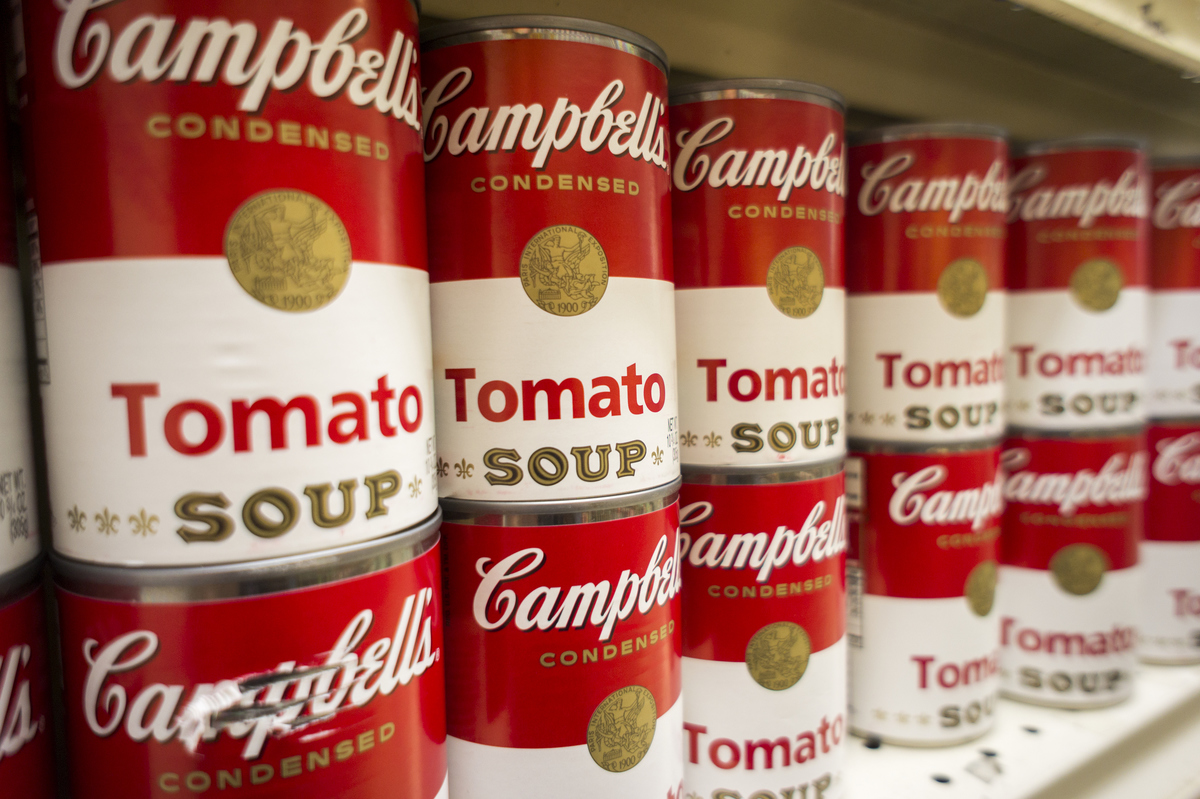
Richard Levine/Corbis via Getty Images
Adding some salt to your mashed potatoes won’t heighten your cancer risk. But eating many foods preserved with salt may. After a review of almost 100 studies, the World Journal of Gastroenterology reported that high-salt diets raise the chances of stomach cancer. The salt damages the stomach lining and creates lesions that could grow into cancer.
The World Cancer Research Fund recommends limiting your salt intake to six grams per day. Since most salt comes from preserved and processed foods, search for “no salt” or “low-salt” varieties at the store.
Red Meat
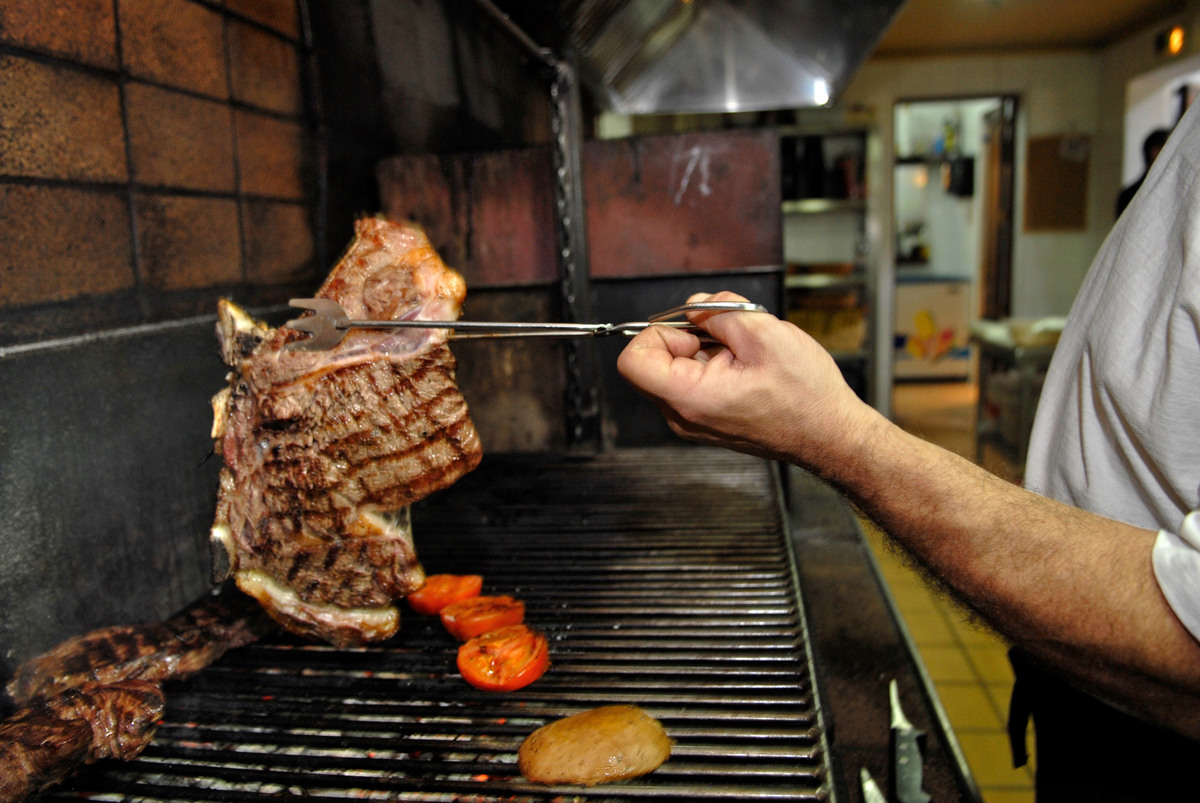
VW PICS/Universal Images Group via Getty Images
The discussion about red meat and cancer is more complicated than some people think. For years, headlines have warned people about the risks of eating red meat. The World Health Organization labeled red meat as a Group 2a carcinogen, meaning that it’s possibly carcinogenic. However, it depends on how you cook the meat.
In September 2019, new findings began to question this classification. Research in the Annals of Internal Medicine found that the benefits of limiting red meat are small–so small that they could only be found in large populations. Overall, there is still a risk to red meat, but it’s far smaller than processed meat.
Some Peanuts
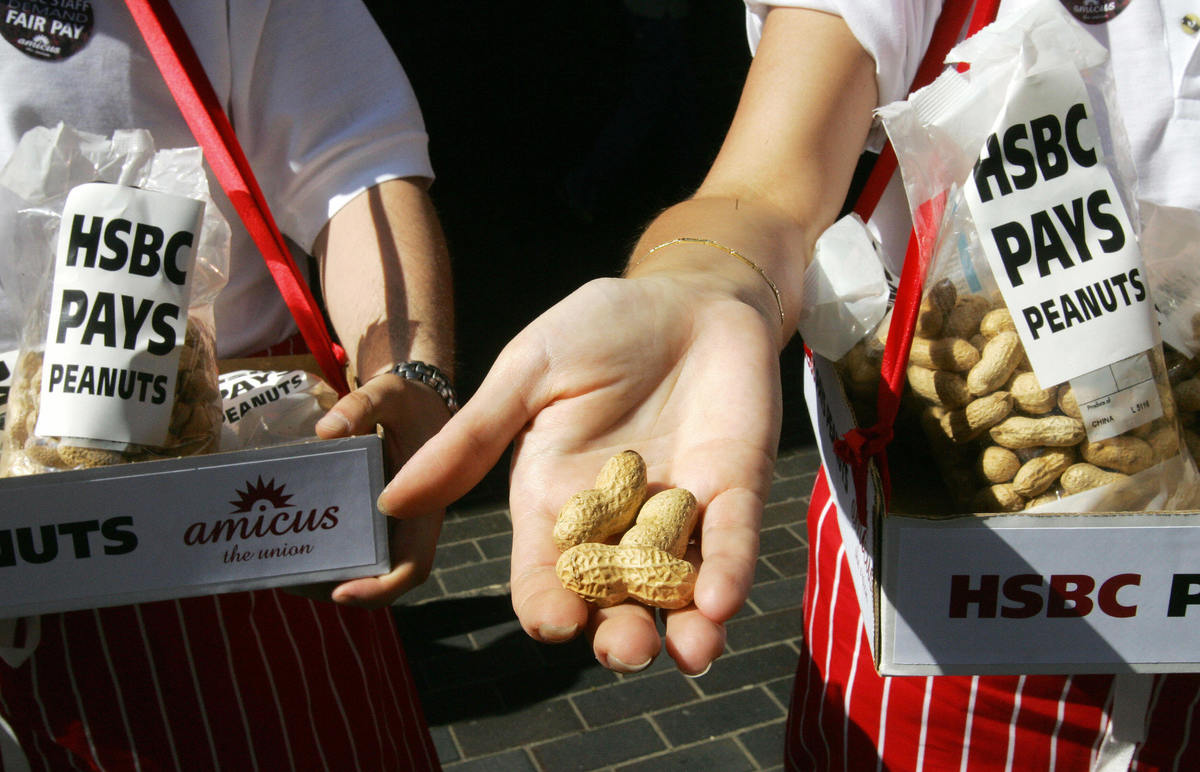
ODD ANDERSEN/AFP via Getty Images
Like popcorn, peanuts' carcinogens come from the packaging, not the food itself. According to the National Cancer Institute, some peanut molds support the growth of aflatoxins, fungi that form around certain crops. Aflatoxins are associated with a heightened risk of liver cancer.
But what happens when you consume peanuts without aflatoxin? Throughout a 30-year study, researchers determined that eating a handful of peanuts every day may lower the chances of cancer. In a contradictory 2014 study, scientists found a link between peanut agglutinin (PNA) and the group of breast cancer in animal studies.
Some Salted Fish
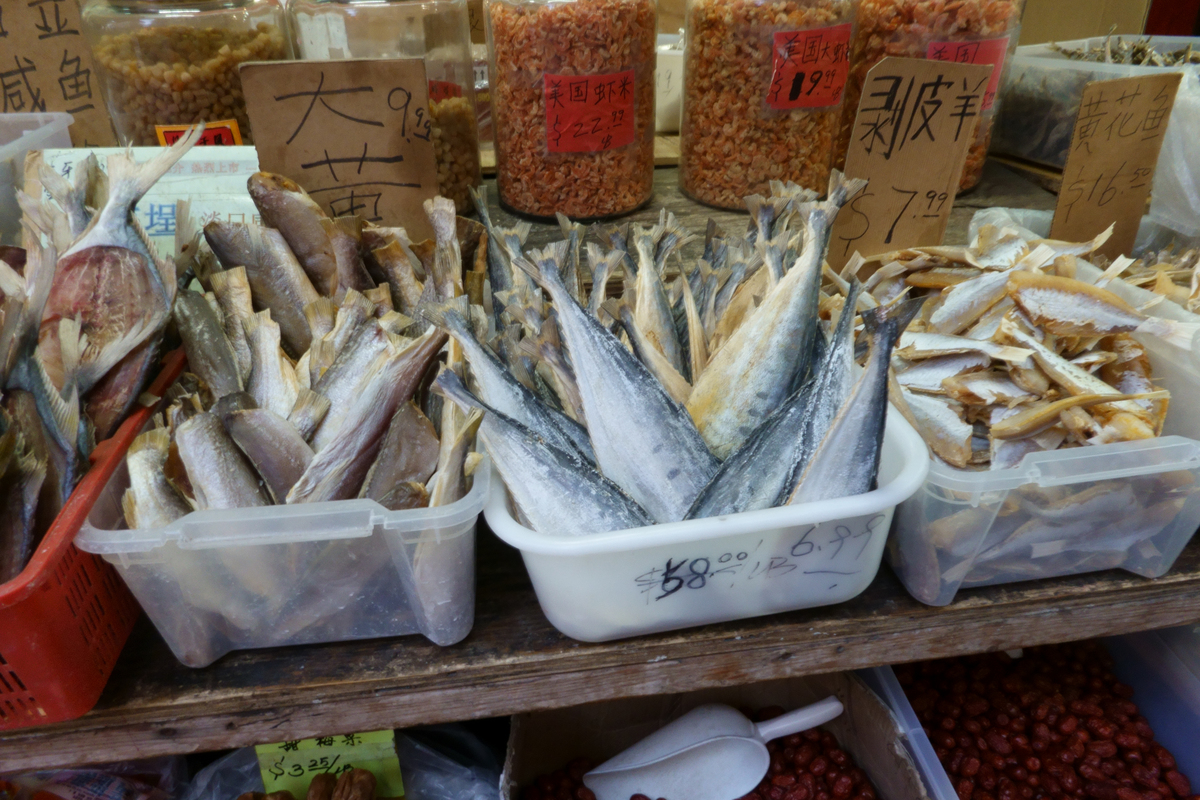
Joan Slatkin/Education Images/Universal Images Group via Getty Images
In Asia, salted fish is one of the most popular salt-infused foods out there. In 2019, researchers published their findings on Chinese-style salted fish. While steaming the fish, N-nitroso compounds formed, which were linked to nasopharyngeal cancer.
Sponsored Links
The study only found a risk in adolescents eating a high amount of salted fish, not adults. And according to the American Society for Nutrition, the carcinogens only appear in certain salting methods. Further tests need to be done on other types of salted fish around the world.
Potato Chips

YOSHIKAZU TSUNO/AFP via Getty Images
In 2008, potato chip companies agreed to pay $3 million to reduce acrylamide in their chips. Because acrylamide is a toxin also found in cigarette smoke, Attorney General Jerry Brown called the settlement “a victory for public health.” Unfortunately, not all chips today are acrylamide-free.
Brown, crispy chips are more likely to contain acrylamide. If you enjoy those, you may want to consider the trade-off, says Cancer Research UK staff member Emma Shields. Those who maintain a healthy, balanced diet (with limited chips) are less likely to develop acrylamide-related cancer.
Possibly Coffee

NICOLAS ASFOURI/AFP via Getty Images
The relationship between coffee and cancer is still undetermined. Currently, the National Toxicity Program states that coffee is “reasonably anticipated” to be a carcinogen. During the coffee roasting process, scientists have located acrylamide. But according to the American Cancer Society researcher, Susan Gapstur, research does not back up coffee’s negative effects.
In 2016, scientists at the World Health Organization reviewed over 1,000 studies on coffee. They did not link coffee to cancer; in fact, drinking coffee reduced the likelihood of liver, prostate, and endometrial cancers. In short, there’s no reason to fear coffee yet.
Happy Hour
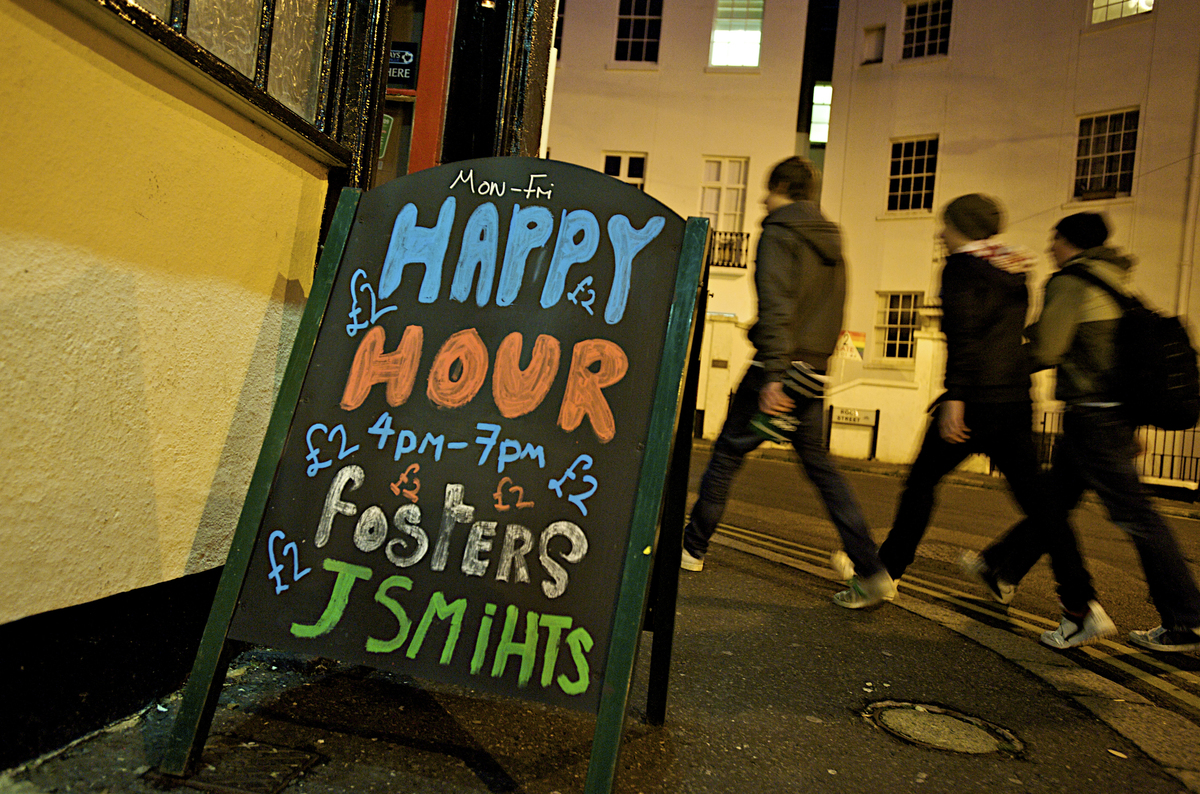
Photofusion/Alexis Maryon/Universal Images Group via Getty Images
You won't get cancer from enjoying an occasional drink. But drinking heavily every day could raise your chances of six different cancers: esophageal, larynx, mouth and throat, colon and rectum, breast, and liver. According to the Centers for Disease Control, the chemical acetaldehyde damages DNA and prevents it from repairing normally, encouraging cancer cells.
The American Cancer Society recommends a limit of two drinks a day for men and one for women. However, a 2019 study published in the journal CANCER noted that even light drinking could influence the risk. Even one serving per day slightly raised the risk in this research.
Tarragon
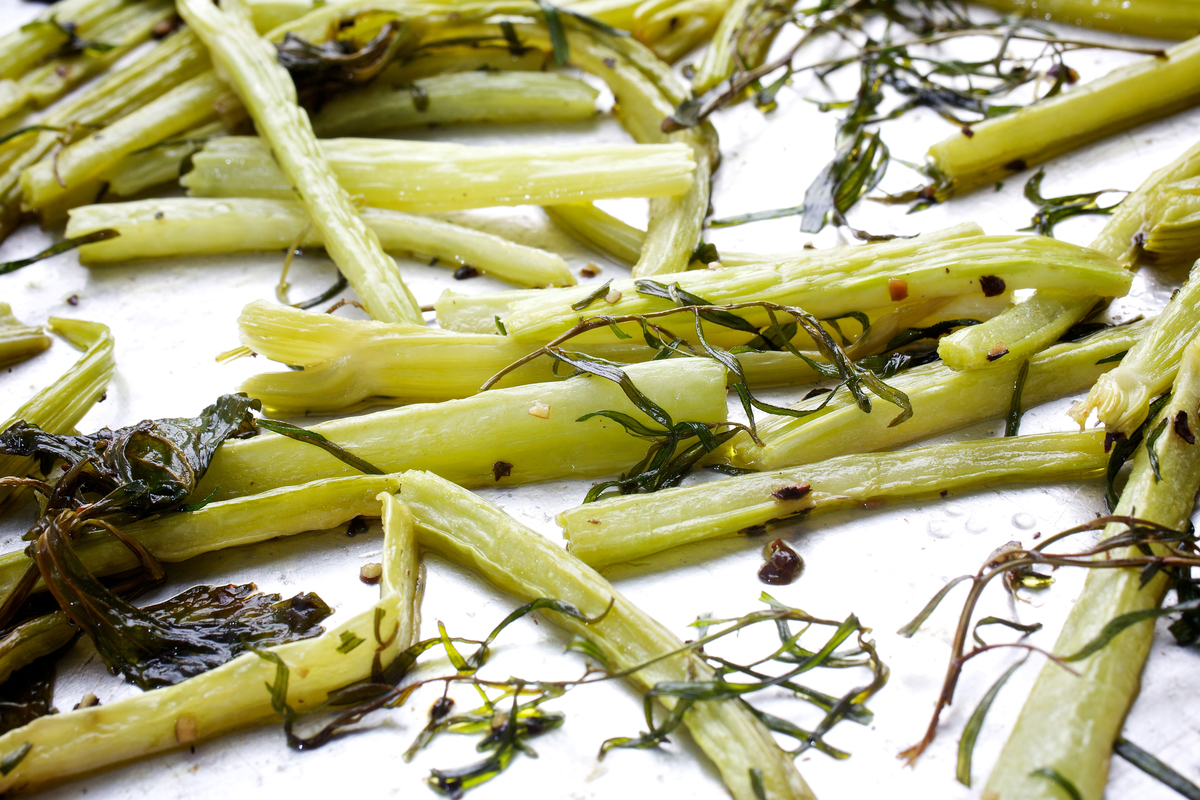
Deb Lindsey for The Washington Post via Getty Images
For decades, scientists have scratched their heads over a carcinogen in tarragon. Initially, the European Union's Health & Consumer Protection located a harmful carcinogen in tarragon. However, the researchers isolated the ingredient instead of testing it in the herb itself.
In 2013, research in Food and Chemical Toxicology analyzed the whole herb. Scientists discovered that the herb does not hurt human liver cells, but the isolated carcinogen does. Still, too much tarragon may result in DNA warping, said the researchers. If you limit the use of the herb, you should be fine.
Some Artificial Sweeteners
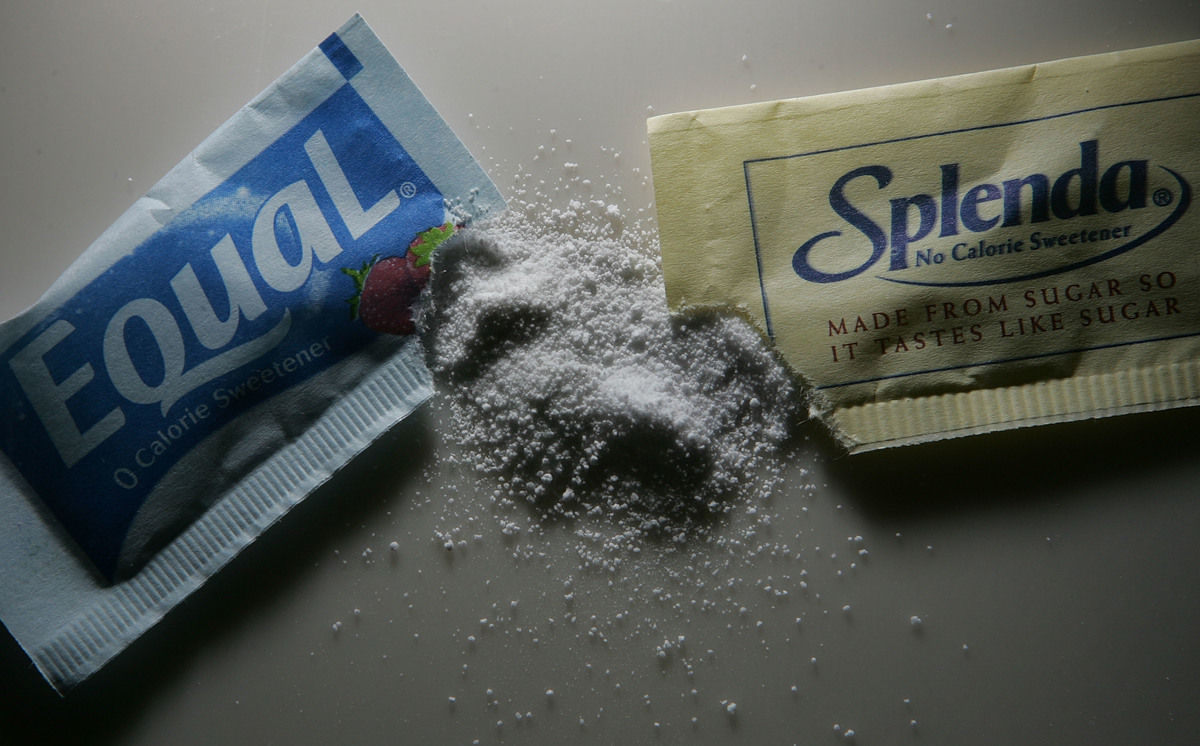
Justin Sullivan/Getty Images
Over the years, some ingredients in artificial sweeteners have become concerning. According to the National Cancer Institute, animal studies showed that the ingredient saccharin might promote bladder cancer. In 2005, another animal study noted that the ingredient aspartame encouraged leukemia and lymphoma in rats.
Other studies could not replicate these results, according to the Cancer Council. Plus, these tests used high amounts of the ingredients–far higher than artificial sweeteners use. Both the FDA and Food Standards Australia and New Zealand claim that artificial sweeteners are safe to eat.
Apples, Grapes, And Other “Dirty Fruits”
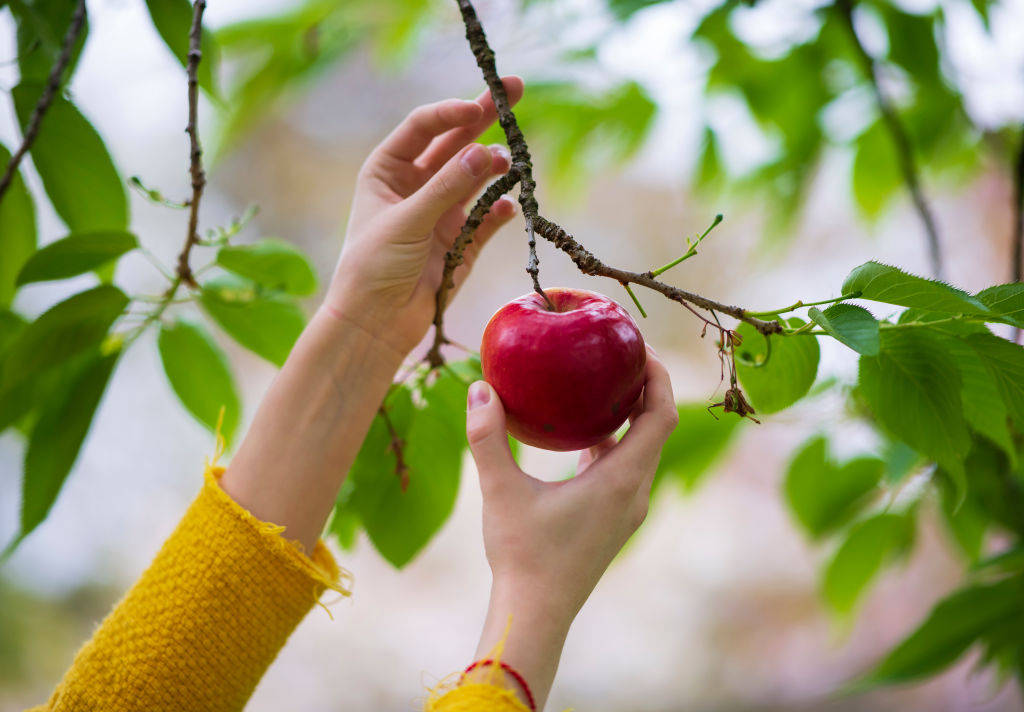
Matthew Horwood/Getty Images
Pesticide use is regulated in the United States by the EPA, FDA, and the USDA to protect crops from insects, weeds, fungi, and various diseases. But there’s a real concern that the use of these chemicals could be the cause of severe health issues, including the increase in breast cancer.
According to breastcancer.org, thus far, no studies have proven a direct correlation between pesticide exposure fruits such as apples and grapes and an increased risk of breast cancer. That being said, the site suggests using common sense when eating dirty fruits with extra chemicals. Meaning, the less, the better!
‘Diet’ Beverages And Foods
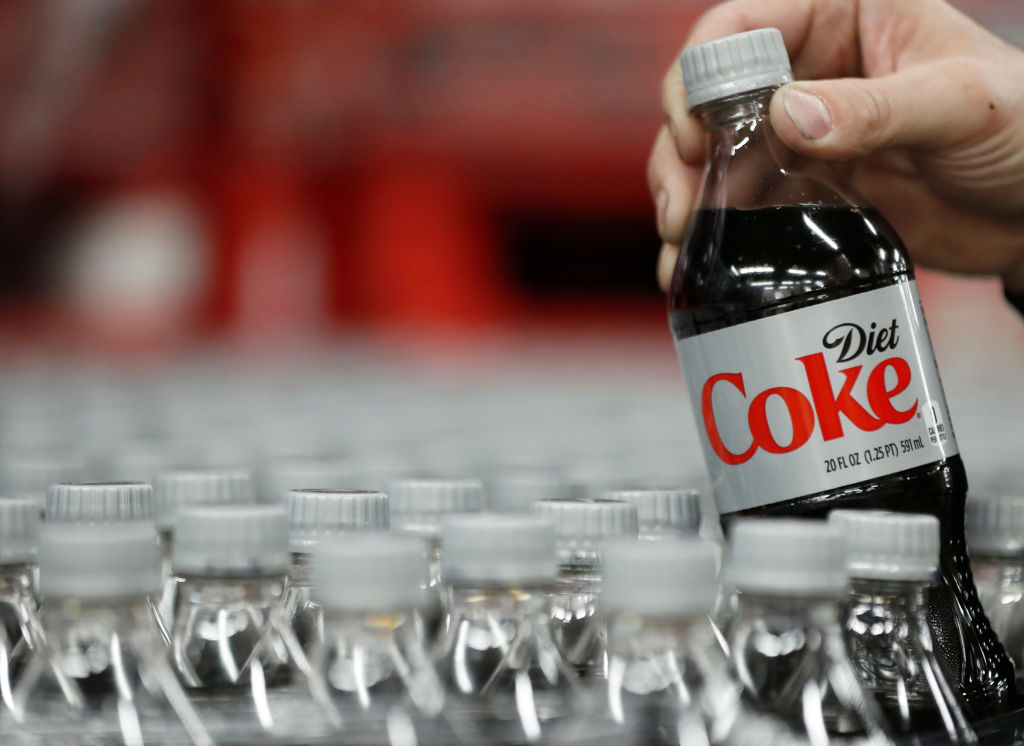
George Frey/Getty Images
Don’t go straight for the foods and beverages labeled ‘diet,’ if you’re trying to lose weight. According to Cancer Research UK, these types of foods are packed with salt, and taking in too much salt can lead to stomach cancer. On the other hand, diet beverages are full of aspartame, an artificial sweetener that might be linked to obesity and, therefore, various forms of cancer.
Scientists have not been able to prove a direct correlation between dietary substances and cancer. But they agree that it is best not to put foreign chemicals into our bodies regularly.
They Don’t Work: The Worst Health Trends Of The 2010s
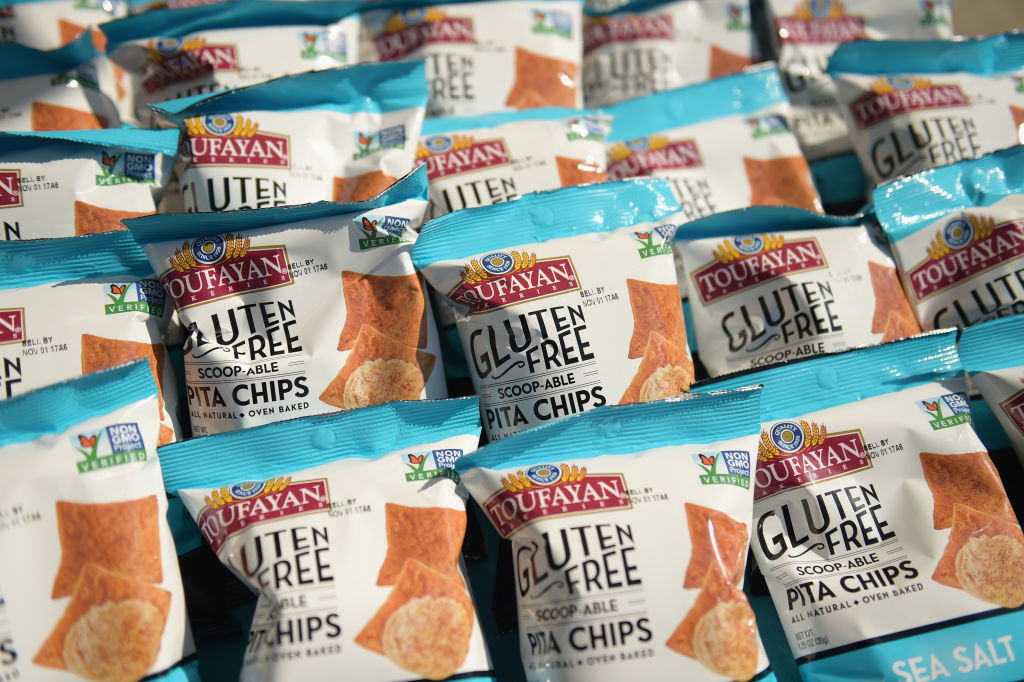
Jason Kempin/Getty Images for GOOD+ Foundation
Every year, a new health fad comes out. A new technique can help you lose weight, detoxify your body, prevent disease, or improve your exercise. Many people hop on these trends before scientists have a chance to test their efficiency. This is when health trends become dangerous.
If you’ve kept up with health news in the 2010s, you’ve likely heard about fitness apps, keto, and gluten-free dieting at least once. But just because they’re popular doesn’t mean that they work. Some are pointless, others are harmful, and all are the worst health trends of the 2010s.
Calories In, Calories Out
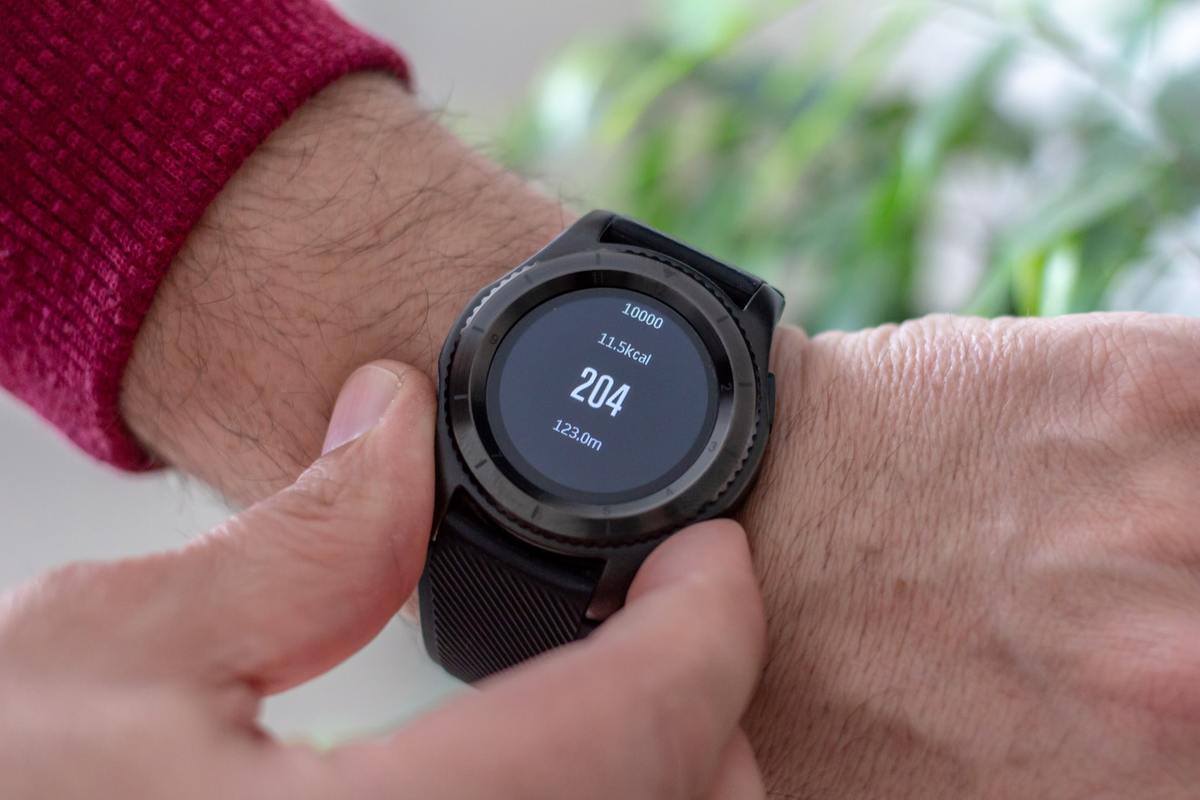
Unsplash/@artur_luczka
The rule “calories in, calories out” has been around for decades. Although it’s not new, it remained popular through the 2010s. But research has proven that calories don’t determine health or even weight loss. For instance, olive oil has 119 calories per tablespoon. But a study of over 7,000 people indicated that olive oil boosts weight loss.
There are several other reasons why dieting isn’t just calories. Certain medications, such as steroids and antidepressants, may increase weight, regardless of calorie intake. Plus, some low-calorie foods, such as artificial sweeteners, still aren’t great for your health.
Instagram Food Presentation

Getty Images
With the rise of social media, people have started posting their food photos on the daily. It’s so common that people often joke about it. On the positive side, this fad may promote healthy eating by having these photos and recipes reach many people. But the downside is food entrepreneurs.
“Foodpreneurs,” as they’re called, use these food photographs to boost their business. These pictures increase peoples’ appetites, according to a 2012 study in Science Daily. Hence, food on social media quickly transforms from a health movement into a marketing scheme.
Keto
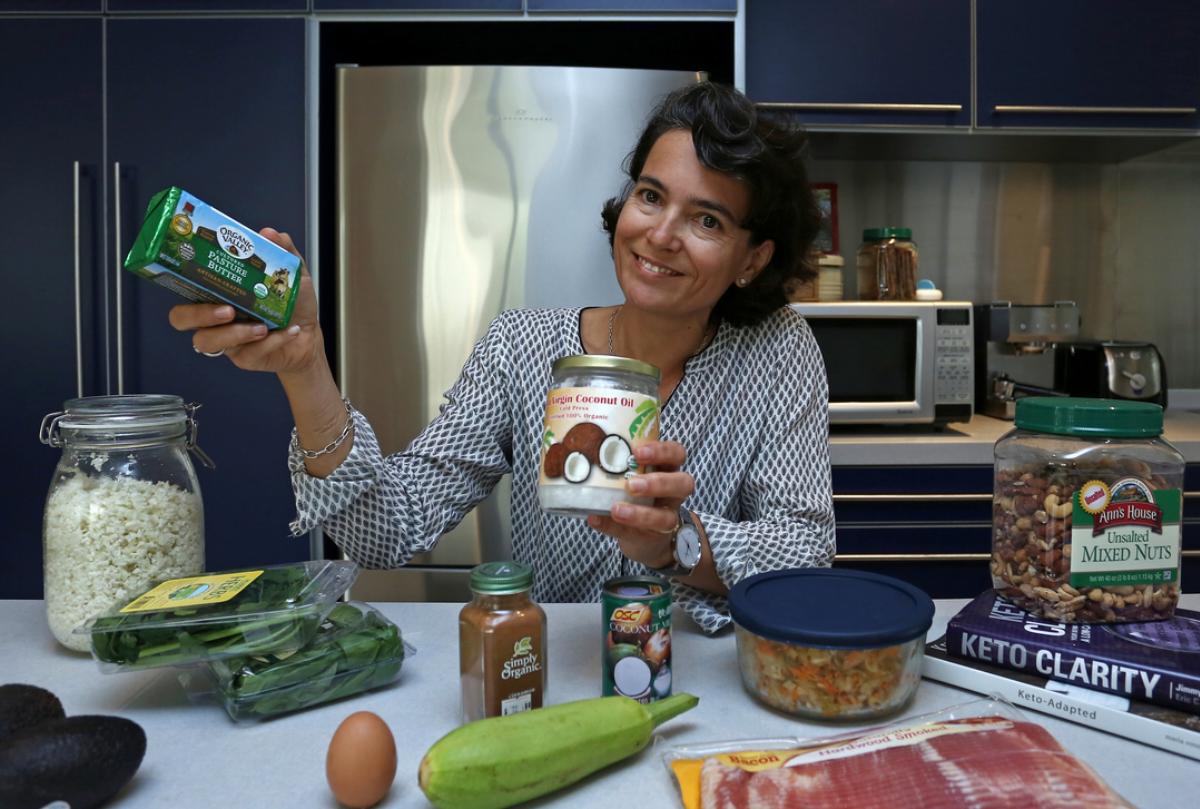
Jonathan Wong/South China Morning Post via Getty Images
Low-carb diets have been popular since the ’90s, when health news began demonizing carbs. One of the more recent ones is keto, which limits carbs to between and 25 and 50 grams. But is it successful? Studies conflict.
“The keto diet is primarily used to help reduce the frequency of epileptic seizures in children,” says Registered Dietitian Kathy McManus. “Whileit also has been tried for weight loss, only short-term results have been studied, and the results have been mixed.” Those who go on the keto diet are at risk of being under-nourished and over-consuming fat.
The Non-GMO Project
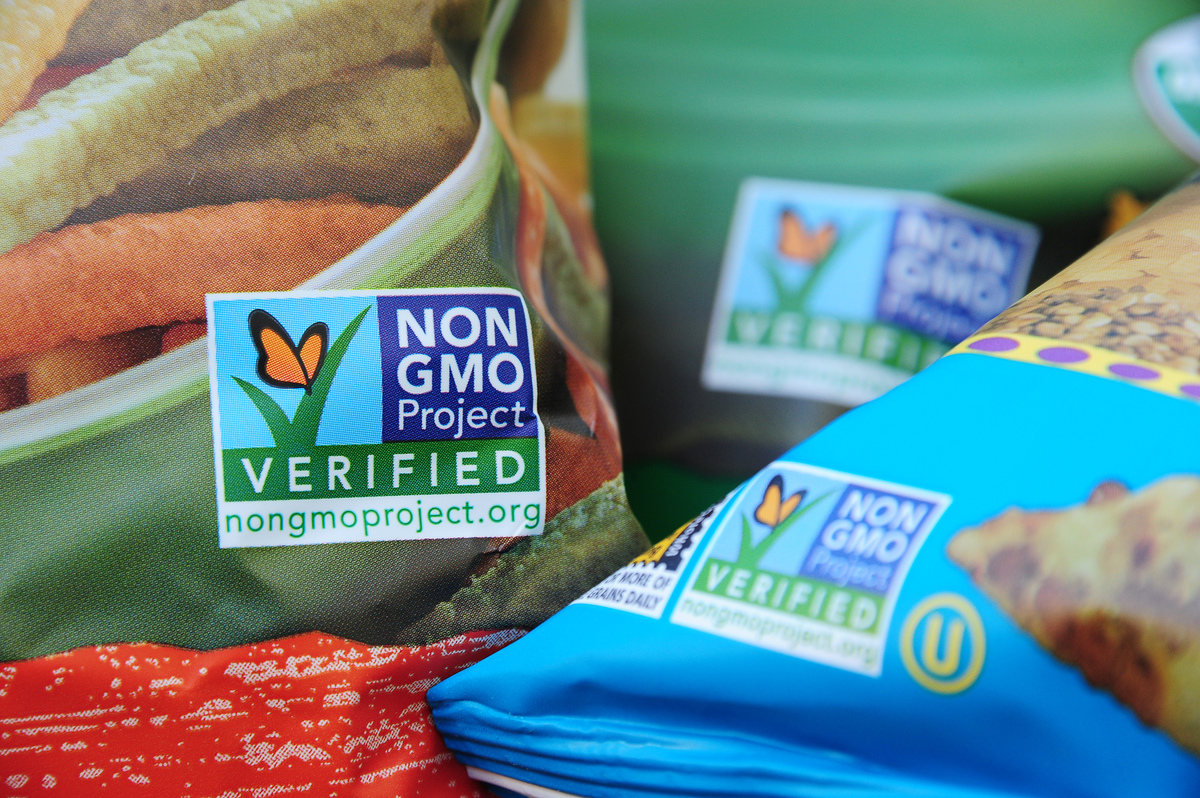
ROBYN BECK/AFP via Getty Images
Since the Non-GMO Project began in 2007, the movement has only grown. The Project asserts that genetically modified foods negatively affect our health, and they aim to label every GMO food clearly. However, several studies–in Agricultural Biotechnology, Genetics, and Environment International, to name a few–have found no health risks in GMO foods.
Once you realize that all modern fruits and vegetables were genetically modified, the theory loses its impact. Thousands of years ago, farmers intentionally cross-bred produce to create new ones. Oranges, bananas, carrots, strawberries, and most cruciferous vegetables would not exist today without genetic modification.
Fitness Apps
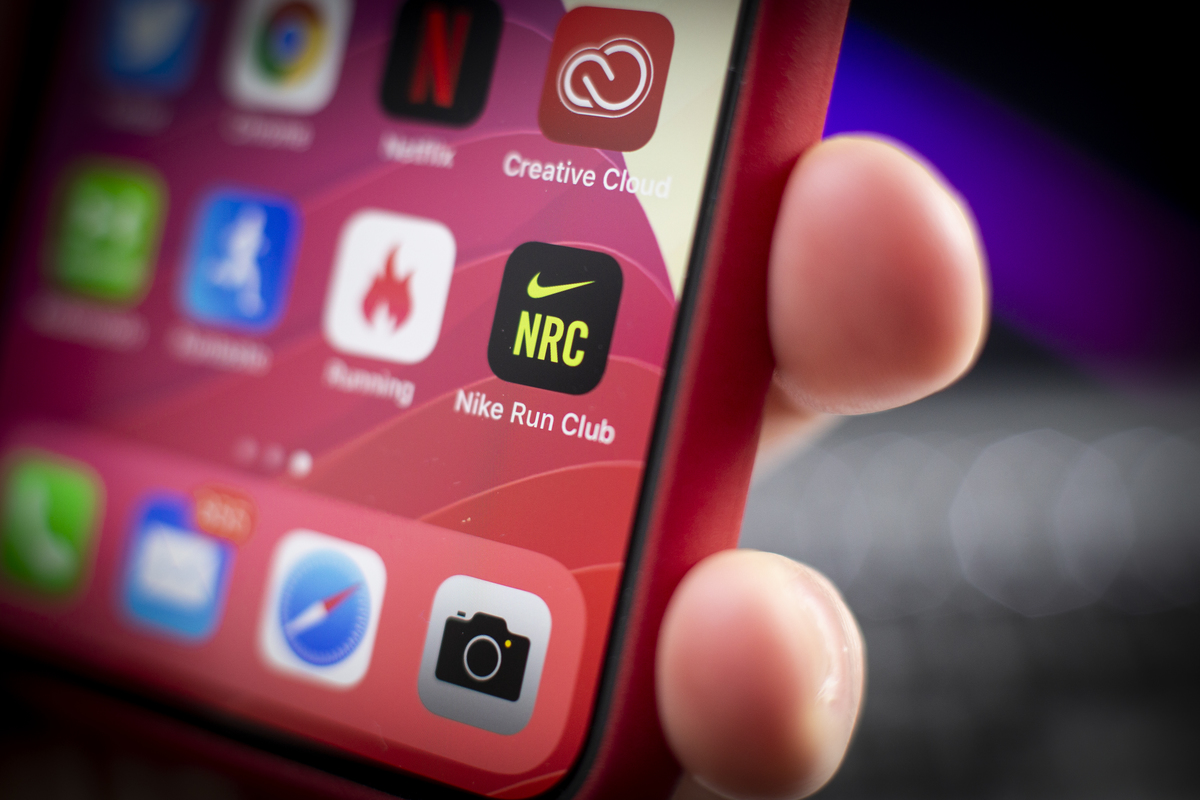
Jaap Arriens/NurPhoto via Getty Images
Throughout the 2010s, smartphones became more prominent than ever. With this rise came fitness apps. In theory, these apps remind users to stick to their exercise goals. But research from Endeavour Partners indicates that over half of consumers ignore the apps within six months of installing them.
There are several reasons why fitness apps may not work. One is a psychological phenomenon called reactance. In short, when we feel forced to do something, we resist it. Having an app bug us to exercise more (instead of wanting to exercise more) ends up making people quit.
Gluten-Free Diet
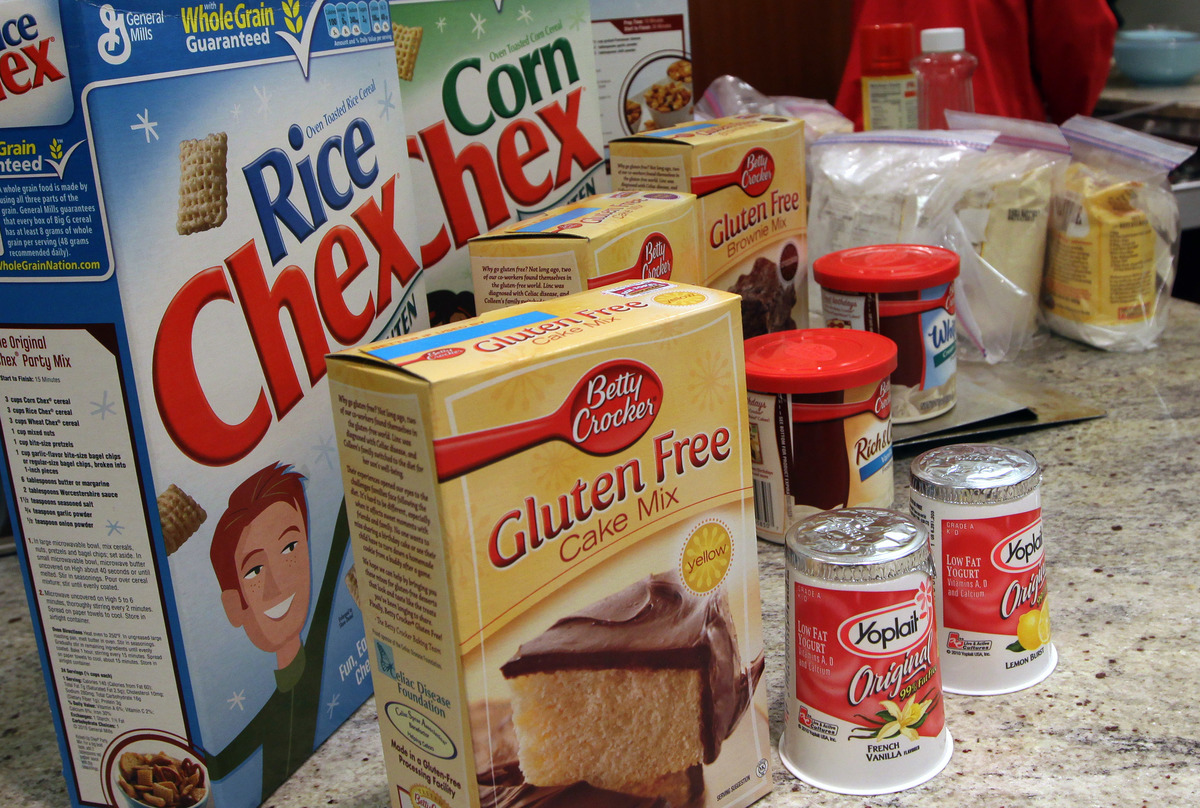
Bruce Bisping/Star Tribune via Getty Images
Less than 1% of Americans have celiac disease, the condition that prevents people from eating dairy. Yet, many more people went gluten-free in 2010s. According to the National Purchase Diary, 65% of Americans thought that avoiding gluten was healthier in 2013. The fad became so common that research in Diabetes Spectrum analyzed its effects.
The researchers concluded that gluten-free diets pose “nutritional risks.” During the study, many participants did not receive enough carbohydrates, fiber, vitamins, or minerals in their diet. If you decide to go gluten-free, you’ll need help from a registered dietitian.
Oxygen Cans

Twitter/@BoostOxygenUK
Simon Cowell, the famous TV personality and judge of American Idol, revealed his anti-aging technique in the early 2010s. He carried small gas bottles with him to inhale pure oxygen occasionally. Cowell claimed that the extra oxygen removed wrinkles and kept his skin youthful.
In reality, those brief bursts of oxygen will do little for your body; they may even cause cell damage. “This a great way to accelerate aging!” claims nutritional biochemist Shawn Talbott. He adds that any perceived benefits will only last seconds after inhaling.
Waist Trainers

Instagram/@khloekardashian
If you’ve kept up with Instagram fads, you’ve likely seen the celebrities like the Kardashians working out in waist trainers. These workout corsets are designed to reshape your stomach and promote fat loss. Promoters also say that waist trainers provide back support for heavier lifting.
Gastroenterologist Gina Sam is one of the many doctors to debunk waist trainers. Instead of strengthening your muscles, waist trainers are more likely to weaken your muscles from the strain. Dr. Sam elaborates that wearing a waist trainer too tightly could result in dizziness, nausea, winding, bruising, or fainting.
The Shake Weight
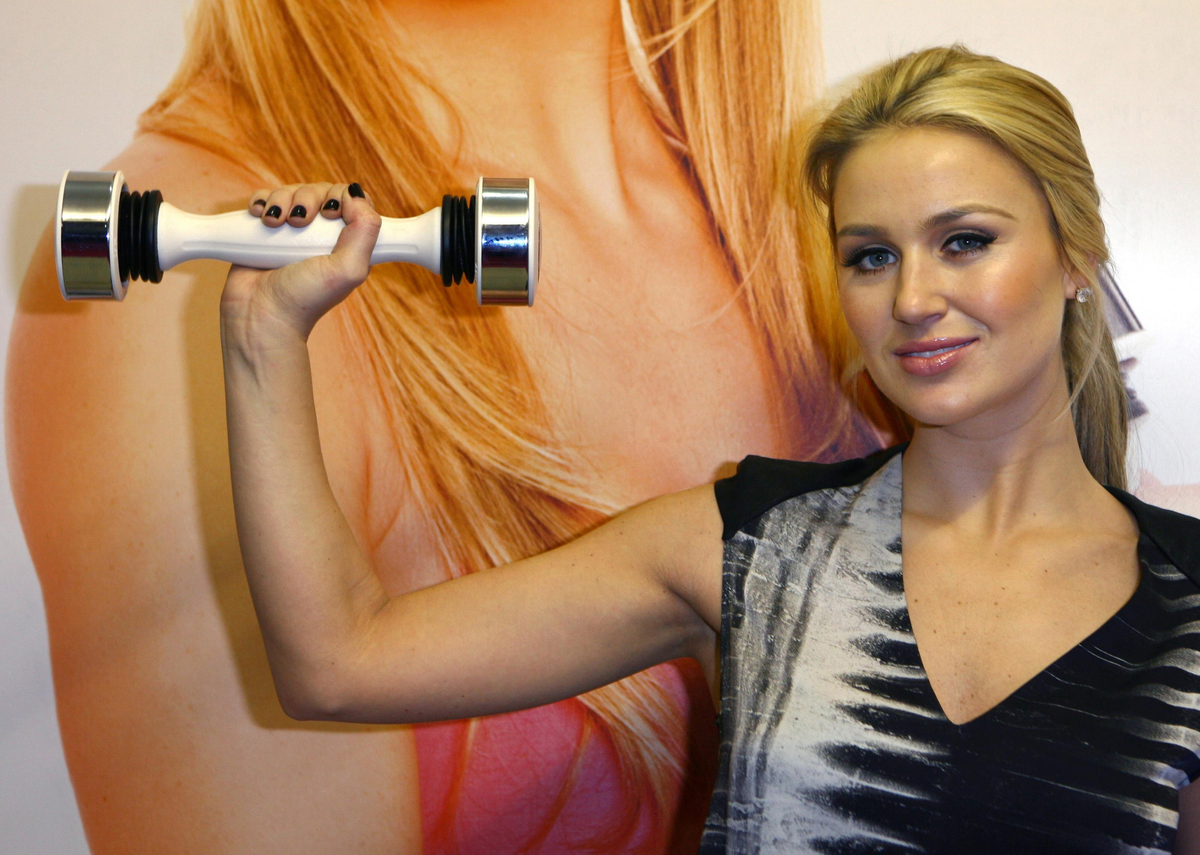
Johnny Green/PA Images via Getty Images
Although many people think of the Shake Weight as a joke, the product received $40 million in sales during 2010. The Shake Weight is a modified dumbbell that you shake to spot train your arms in six minutes per day. It’s intended to work out specific areas of your arm for the best fat-burning technique.
Unfortunately, the Shake Weight’s main draw is also its biggest downside. Spot training is a myth. Researcher Rodrigo Ramírez-Campillo explains that fat will burn wherever the fat concentration is highest. During his study, participants repeated leg presses three times a week and lost 10% of fat–in their arms.
Paleo Diet
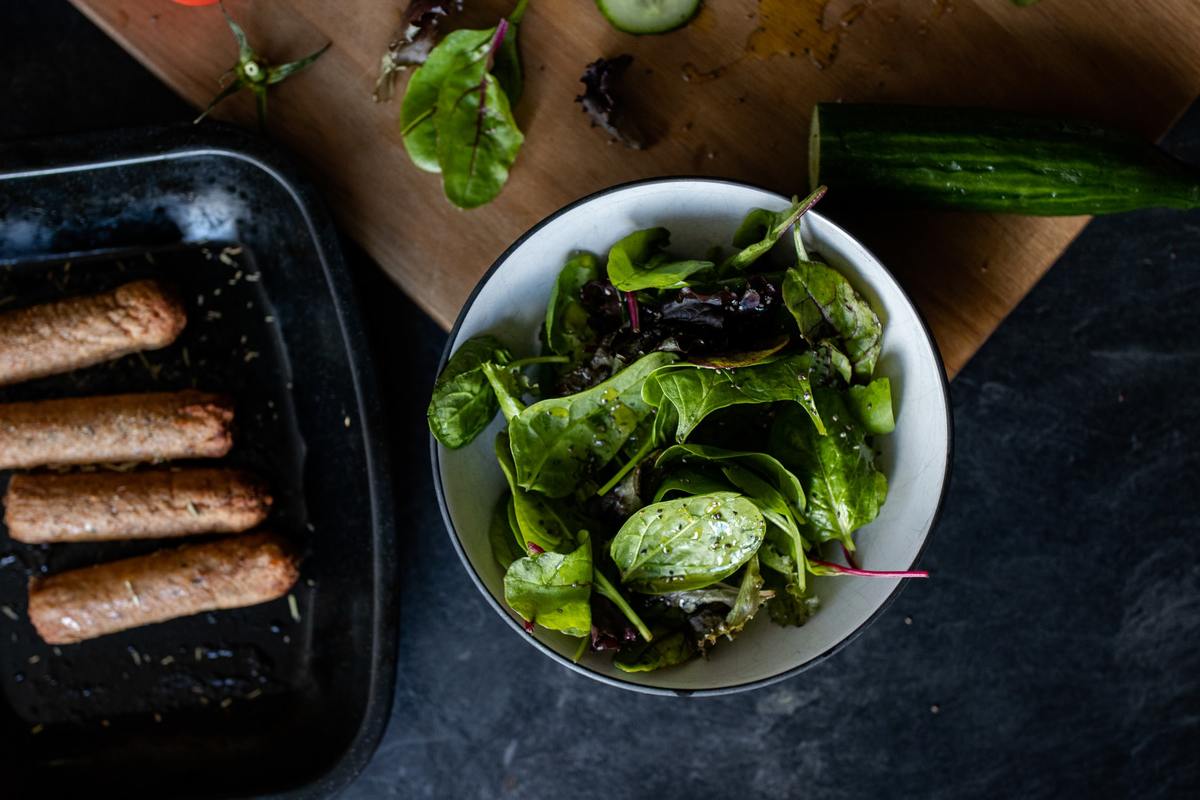
Unsplash/@callumshaw
You may have heard about the paleo diet, in which dieters would only eat food that is available to our Paleolithic ancestors. According to its discordance hypothesis, our body’s genetics are not matched to modern, processed foods. By resorting to hunter-gatherer foods, we can theoretically lose weight and become healthier.
While the paleo diet has some benefits, its core hypothesis is simply incorrect. Genetic research has revealed that our bodies have adapted to modern diets after the Paleolithic era. Plus, the diet avoids whole grains and legumes–both of which people ate during that period.
The Feeding Tube Diet
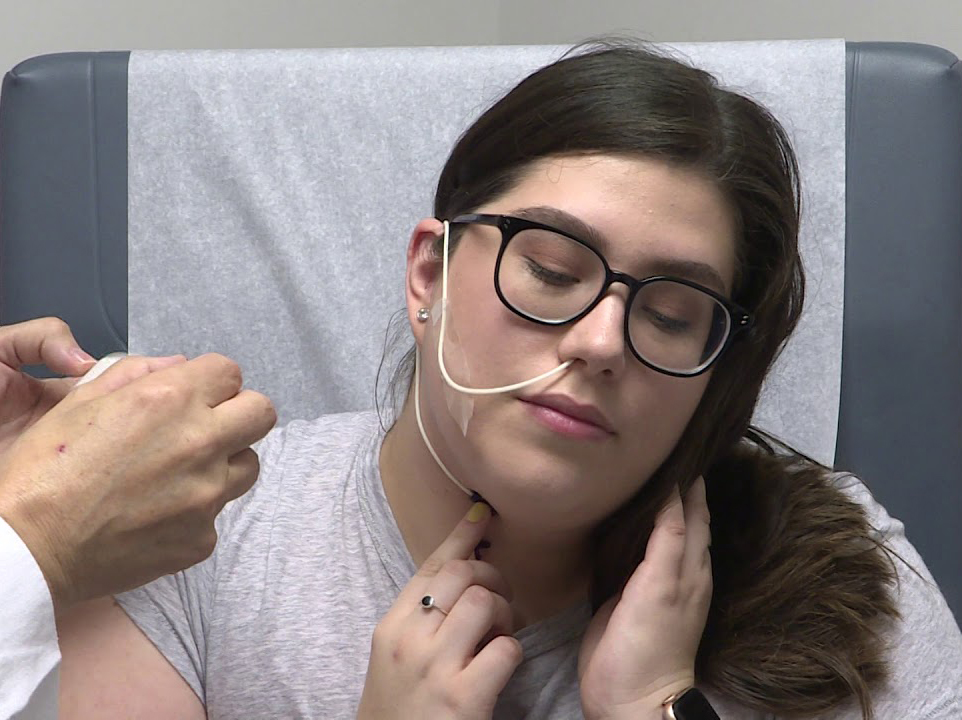
YouTube/10News WTSP
In 2011, Dr. Oliver Di Pietro introduced a new diet: the KE Diet. Also called the feeding tube diet, the KE Diet feeds people protein powder through a feeding tube for a specific number of days. The dieter cannot eat anything else while on the feeding tube.
There are several problems with the KE Diet, besides shoving a feeding tube through your nose. Dieters can only consume 800 calories per day, which is way too low, according to Registered Dietitian Rebecca Scritchfield. The Academy of Nutrition and Dietetics also warned that KE could cause pulmonary infections and heart problems.
Magnetic Bracelets
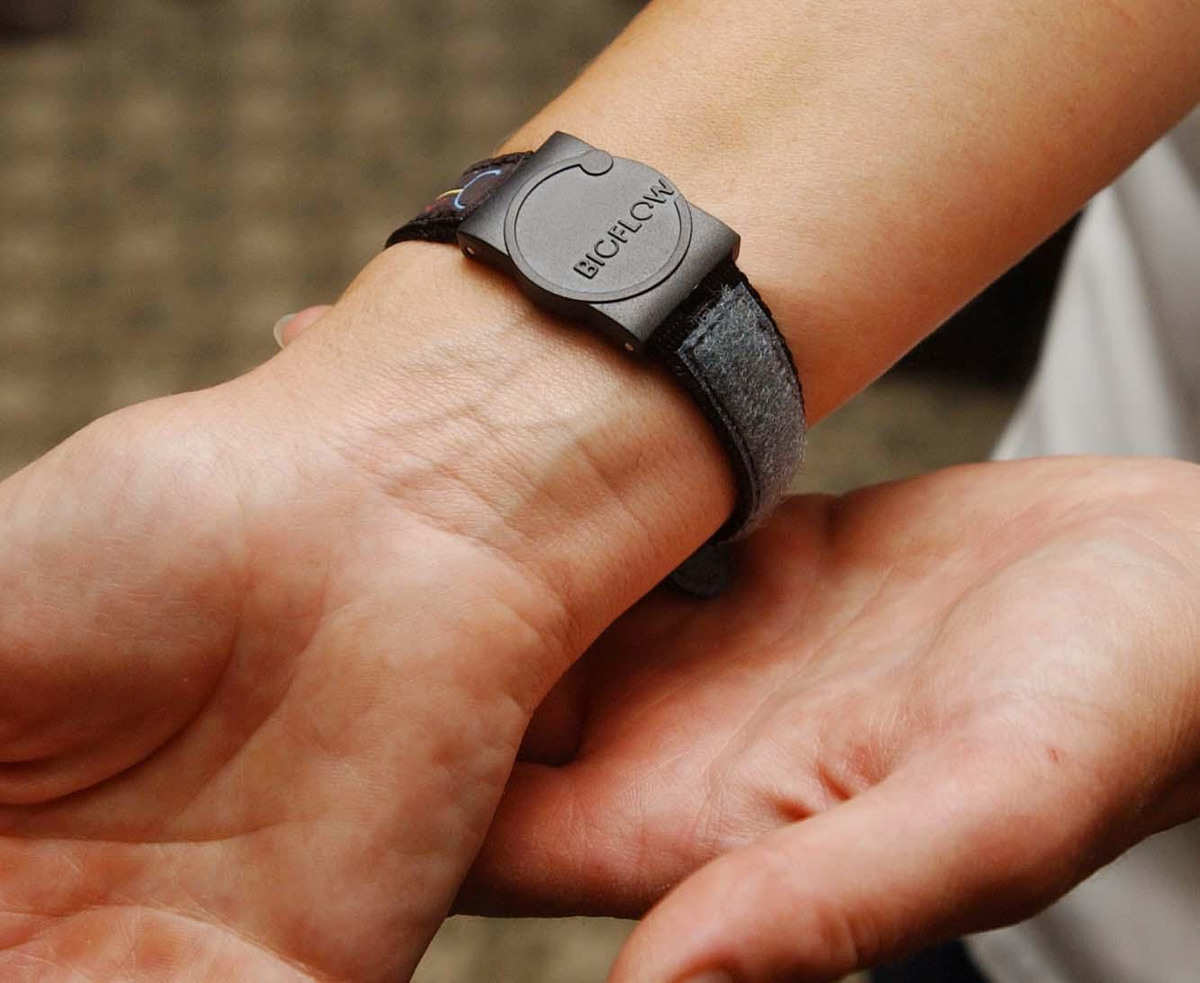
Barry Batchelor – PA Images/PA Images via Getty Images
During the mid- to late-2010s, companies like Livestrong promoted the supposed health benefits of magnetic bracelets. According to the theory, some cells and tissues emit electromagnetic impulses that are thrown off balance during injury. Magnetic bracelets are supposed to return the balance and relieve pain, especially arthritic pain.
The American Cancer Society has confirmed that magnetic therapy can alleviate pain. However, these magnetic bracelets don’t do much. In 2009, research in PLoS One reported that arthritis patients felt no different after wearing magnetic bracelets. Efficient magnetic therapy is always done through medical supervision.
Raw Milk
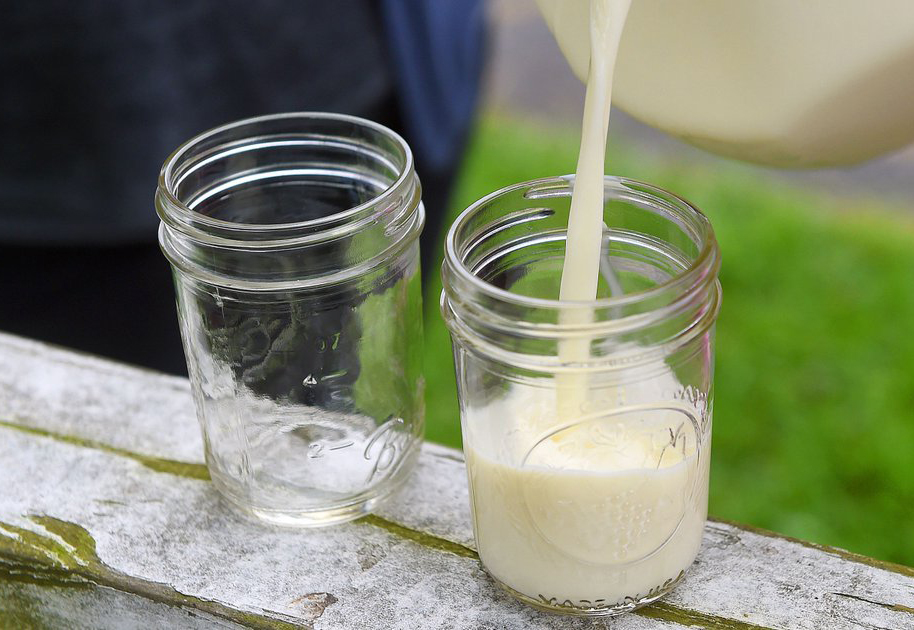
Twitter/@NewsLeaderNOW
Raw milk is another example of the attitude, “untampered is better.” Raw milk has not been heated or decontaminated, a process known as pasteurizing. Proponents argue that raw milk has better flavor, nutrition, and immune benefits.
The Centers for Disease Control and Prevention, along with many other agencies, have warned against raw milk. Unpasteurized milk may contain E. coli, Salmonella, and other deadly pathogens. Between 2007 and 2012, 81 disease outbreaks were associated with raw milk. Children, pregnant women, and the elderly and particularly susceptible to these diseases.
Placenta Pills
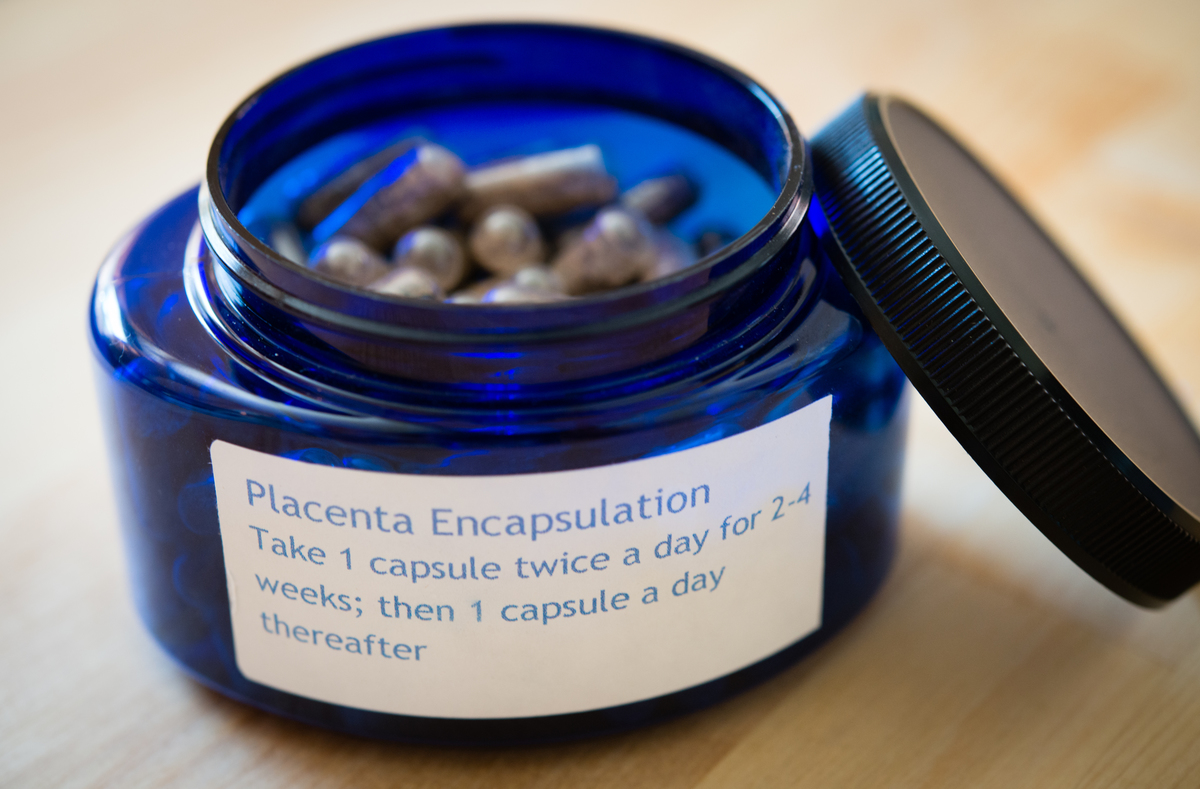
Sarah L. Voisin/The Washington Post via Getty Images
In 2012, Mad Men star January Jones told People about her unusual health pick-up after giving birth. She took pills made with her dehydrated placenta, the organ that supplies oxygen to a baby in utero. Although this practice is common in other cultures, the recent fad claimed that it could prevent post-partum depression.
In short, we need more research to confirm that placenta pills are safe. The FDA does not regulate them, and Certified Nutritionist Mira Calton claims that the placenta could contain toxins. Plus, there is no research supporting the cure of post-partum depression, says gynecologist Lauren Streicher.
Needing More Vitamin D
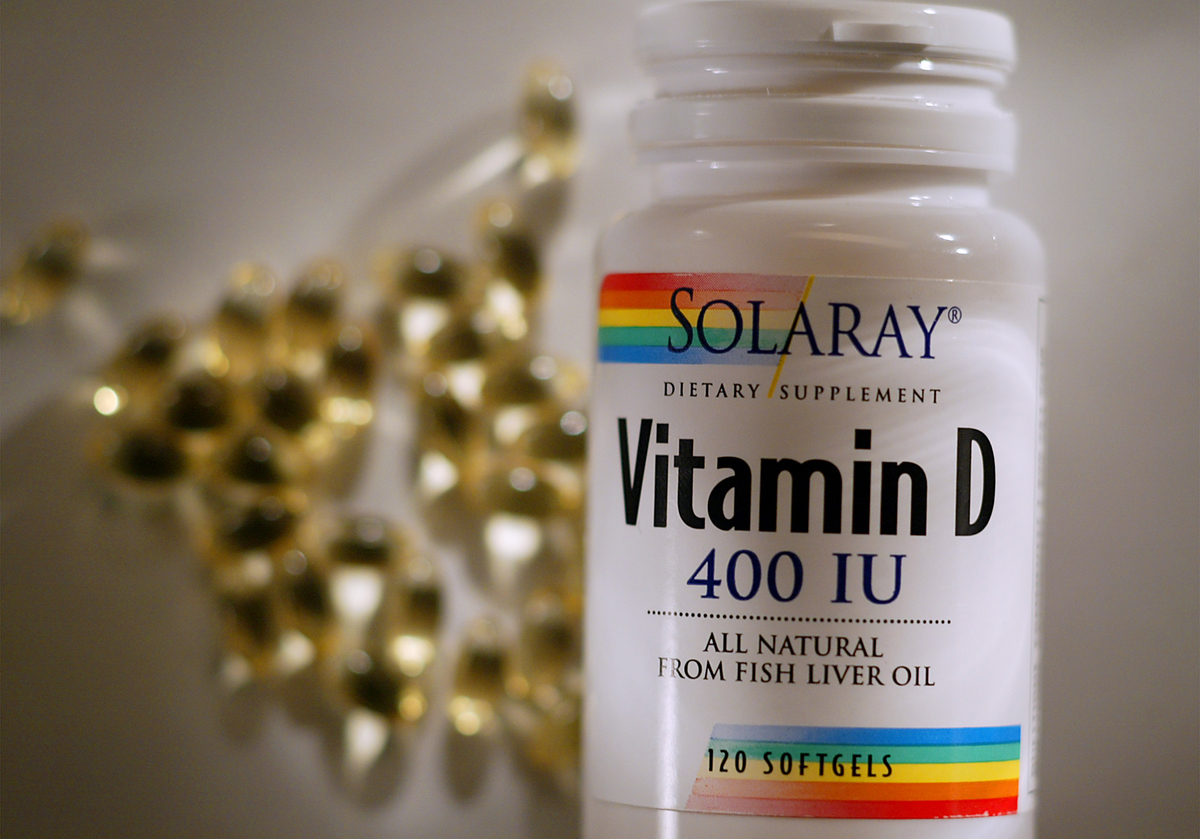
Robert Gauthier/Los Angeles Times via Getty Images
In the late 2010s, more people took vitamin D supplements than years before. These people believe that vitamin D would erase fatigue, muscle weakness, and even depression. Although vitamin D does help those areas, the trend quickly convinced people that they had a deficiency. Spoiler: they didn’t.
When people take vitamin D supplements without a deficiency, they’re at risk of overdosing. Vitamin D toxicity may cause nausea, vomiting, weakness, and kidney complications. Also, a few studies in JAMA found that vitamin D supplements did not prevent heart disease or cancer as well as sunlight vitamin D does.
Barefoot Exercising
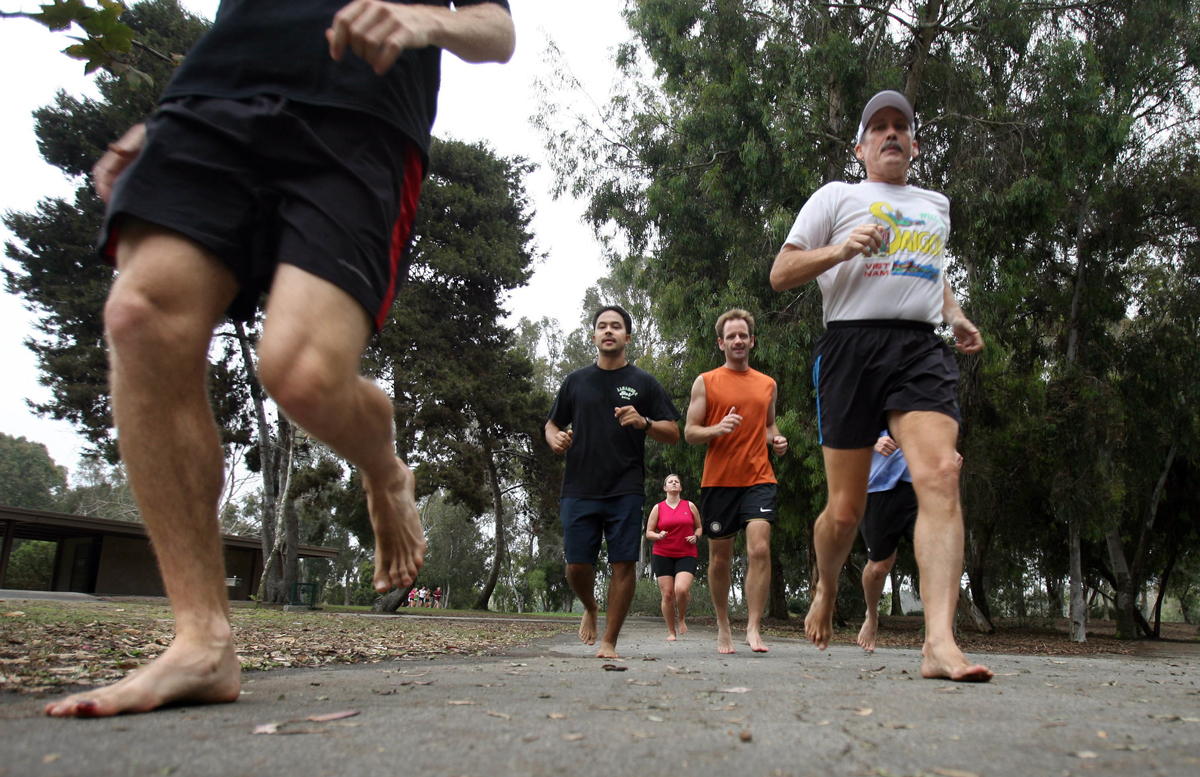
Ann Johansson/Corbis via Getty Images
Have you heard about the anti-shoe exercise trend? The idea is that by exercising barefoot or wearing shoes that mimic bare feet, your posture and shock absorption will improve. But research has indicated that this method doesn’t add much.
In 2016, researchers observed that wearing Masai Barefoot Technology actually increased the force on feet. Plus, jogging in these shoes reduced the range of motion in participants’ hips, knees, and most other joints except the foot. So if you’re looking for less shock on your foot, this trend is not the way to go.
Juice Cleanses
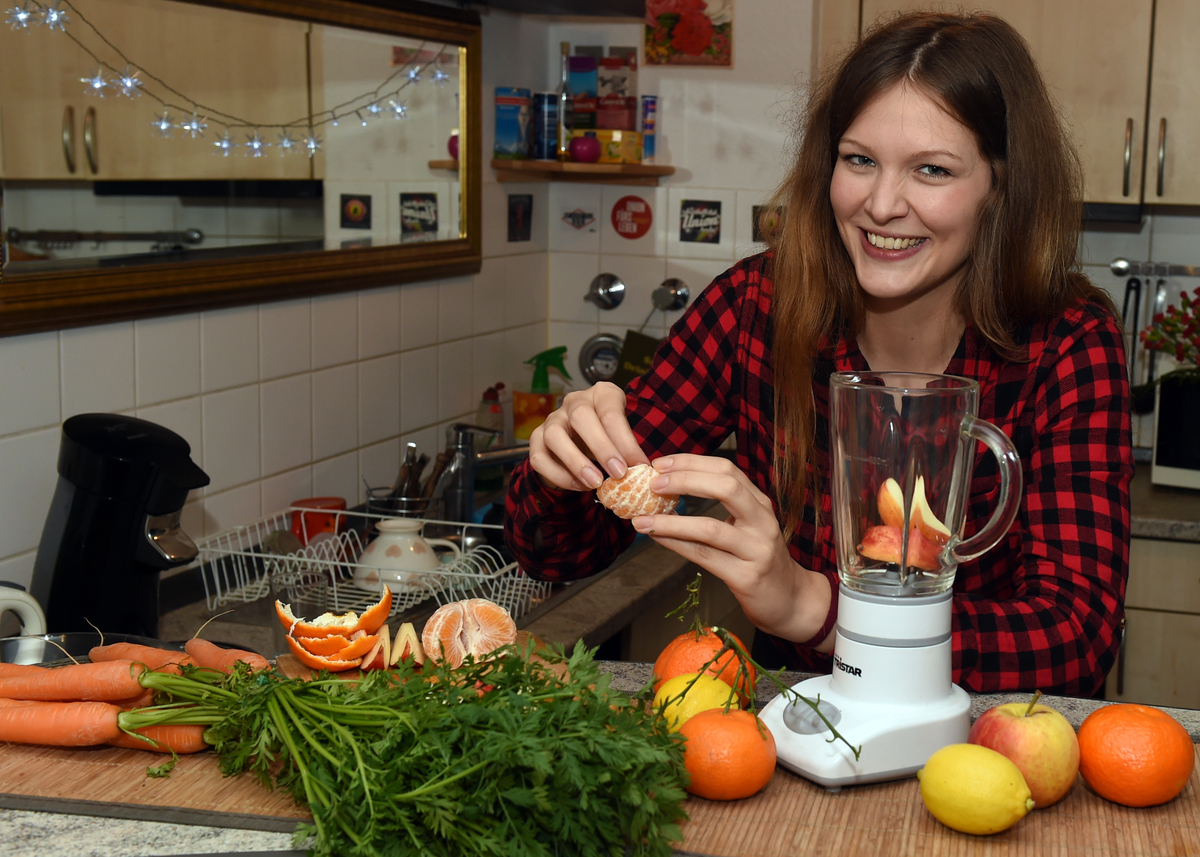
Jens Kalaene/picture alliance via Getty Images
Sponsored Links
Throughout the 2010s, juice cleanses have become increasingly popular. The diet requires people to consume only fruit and vegetable juices for a certain amount of time, usually between three to ten days. In theory, juice cleanses will detoxify the body and help people lose weight.
Juice cleanses have some good news, such as a brief water weight loss and nutrient boost. However, the low calories and protein can make your blood sugar drop. This could cause fatigue, dizziness, and headaches. Plus, the diet actually strips the body of digestive fiber, according to Registered Dietitian and Nutritionist Amy Shapiro.
